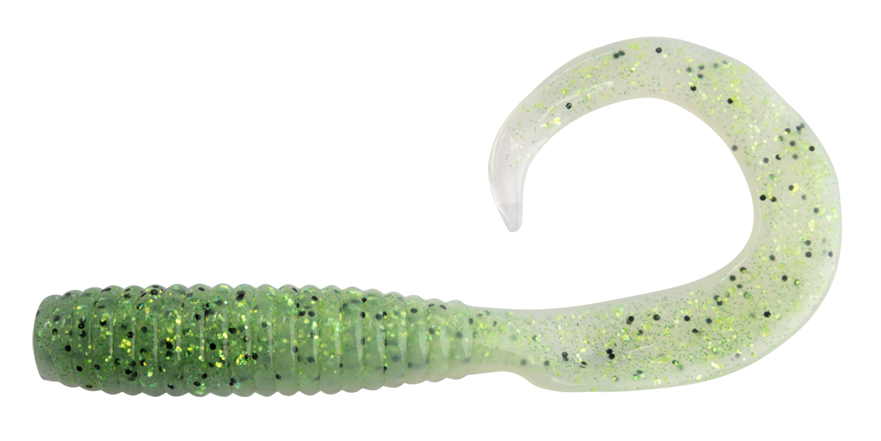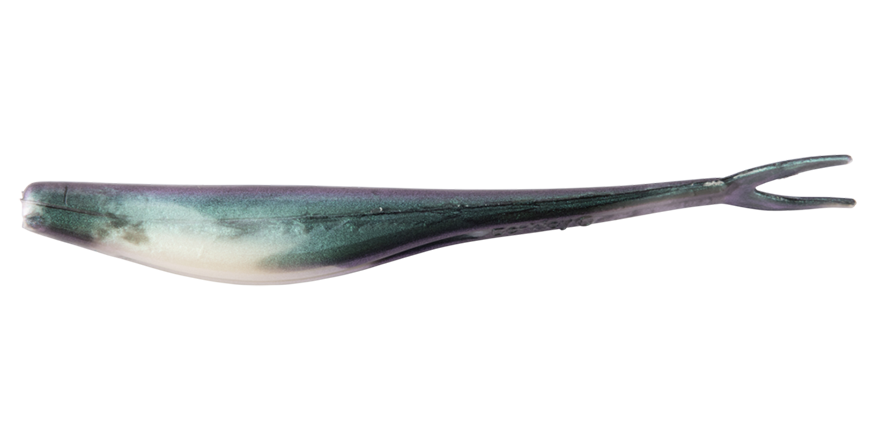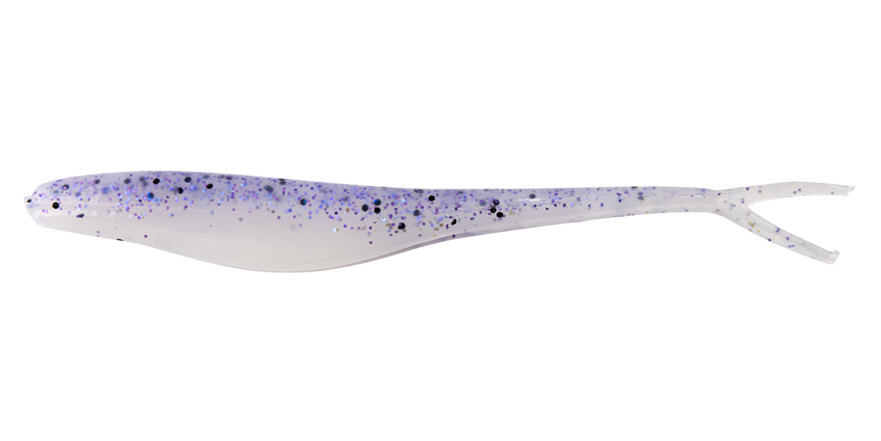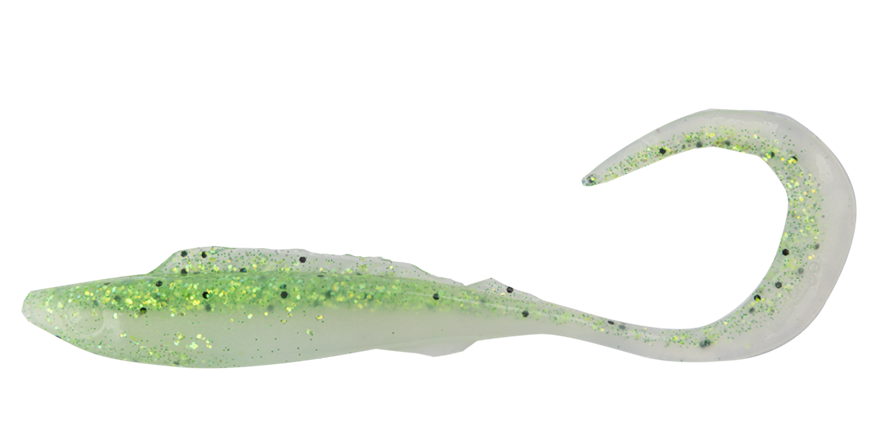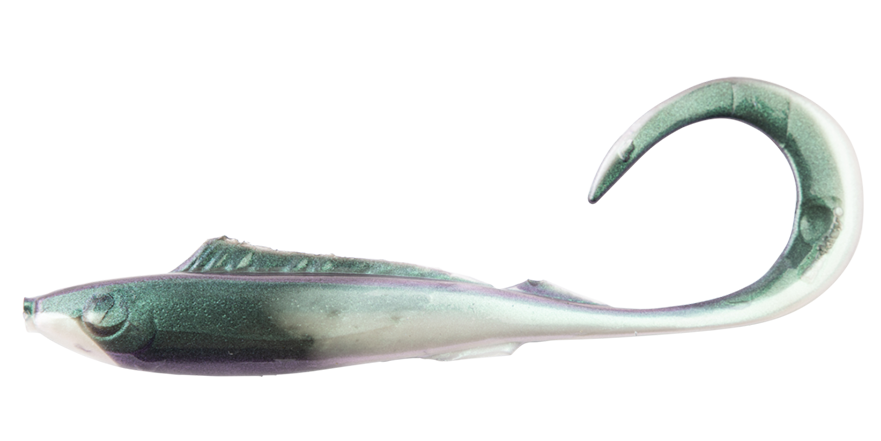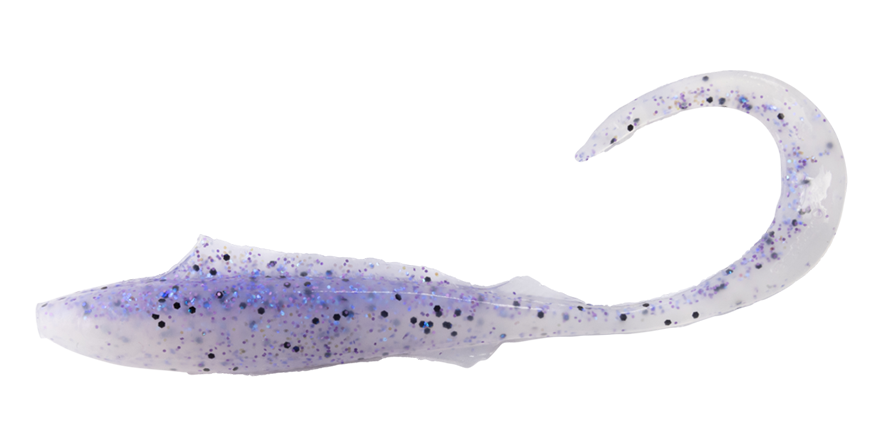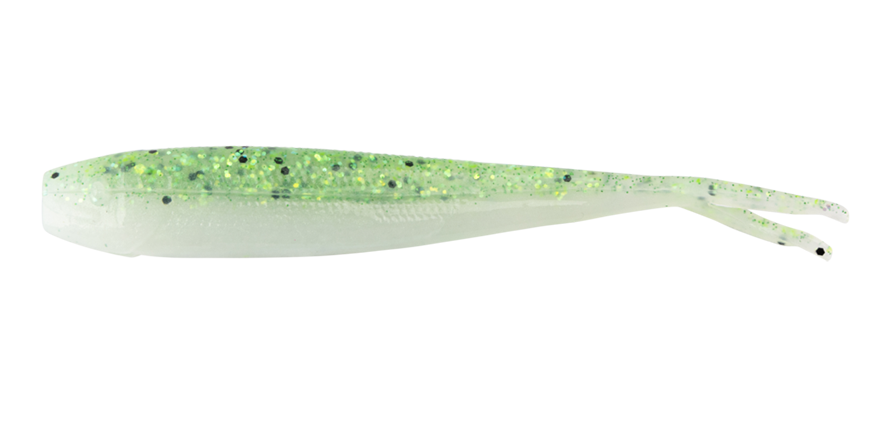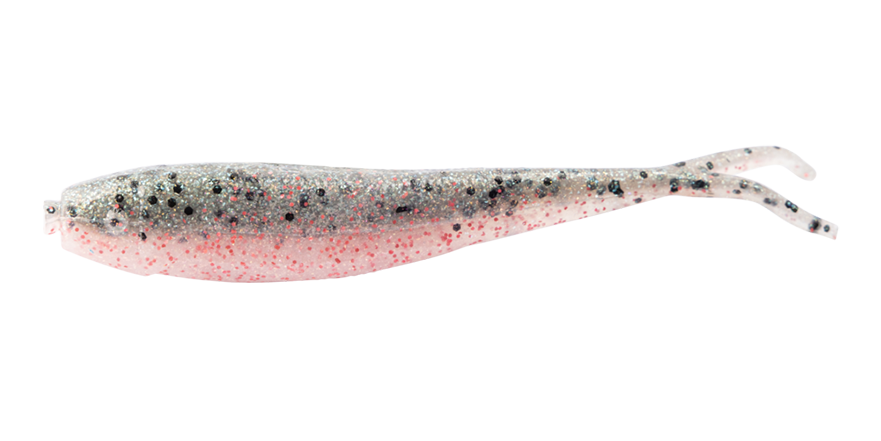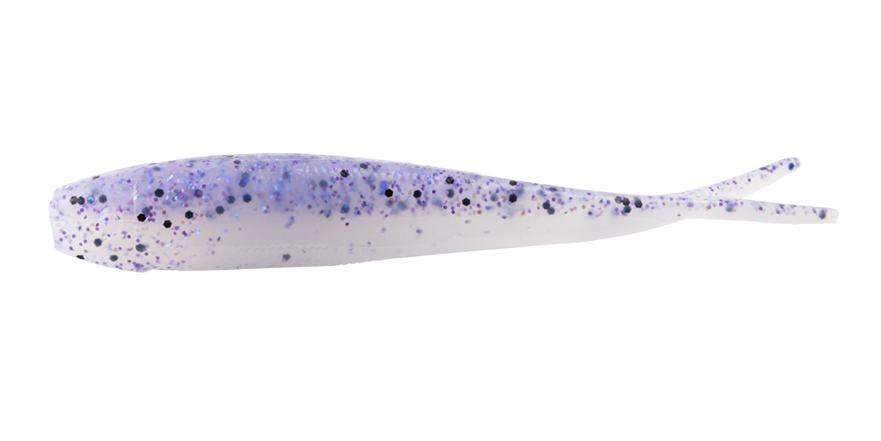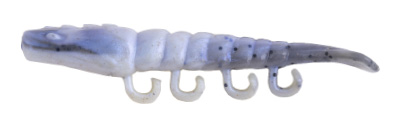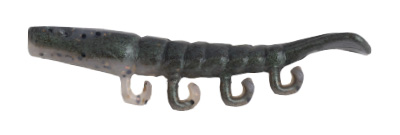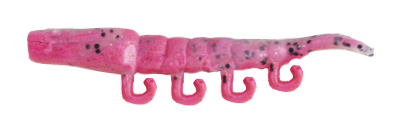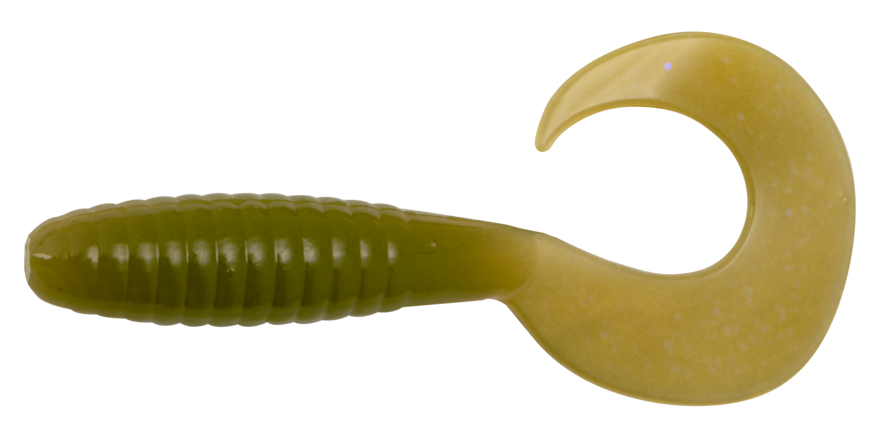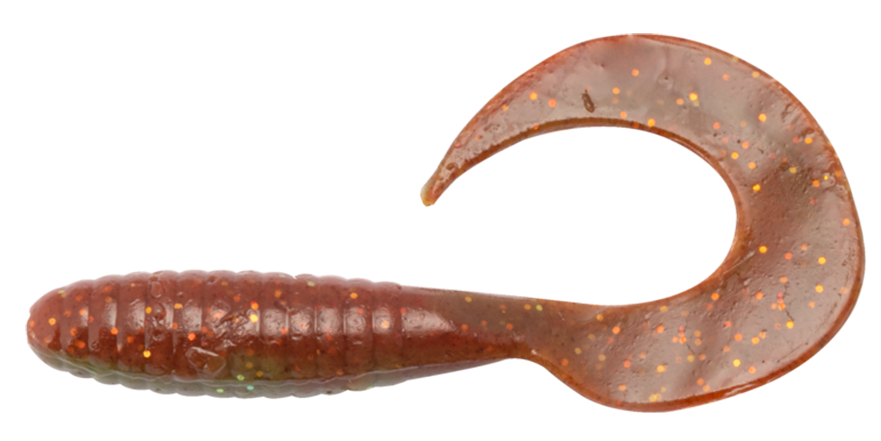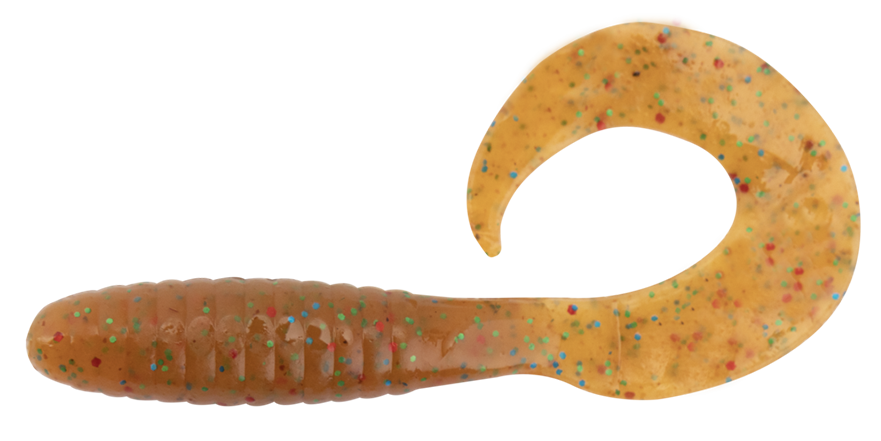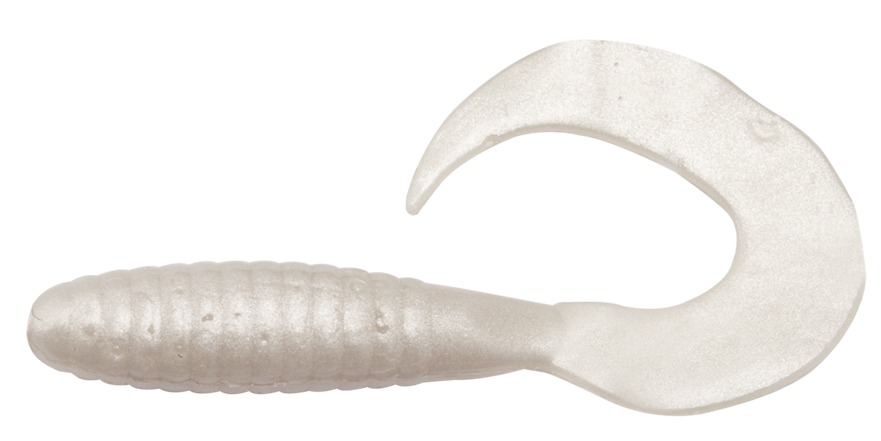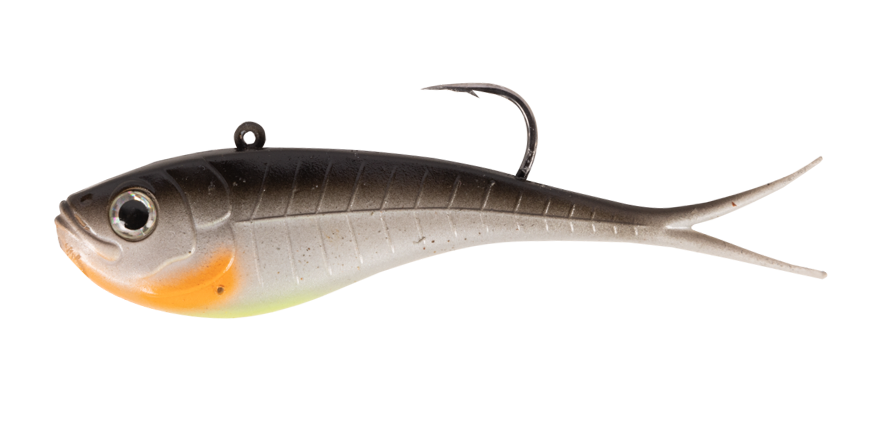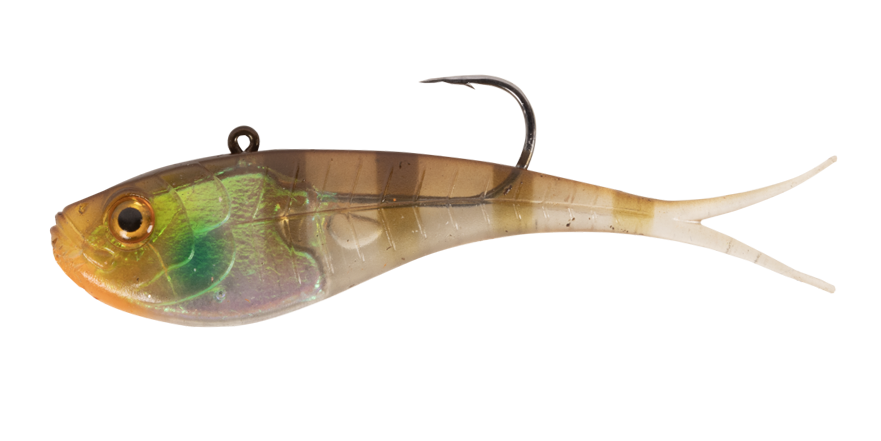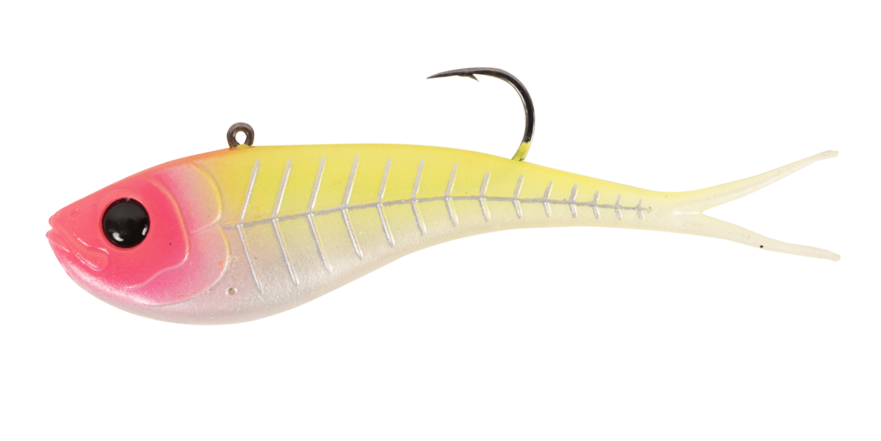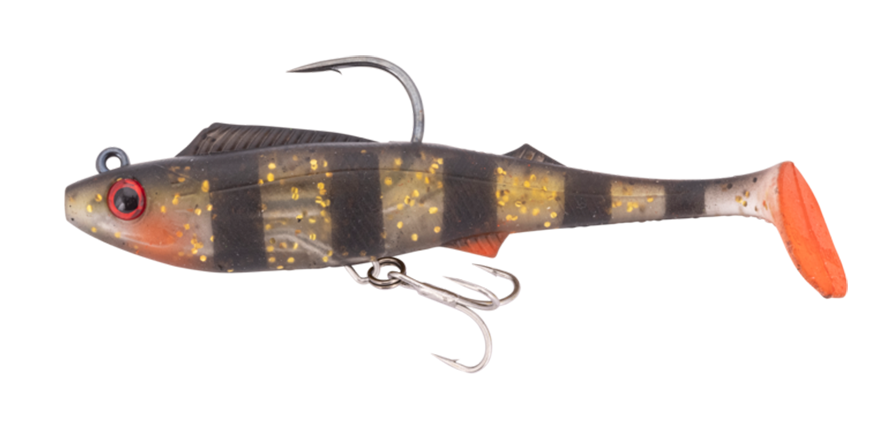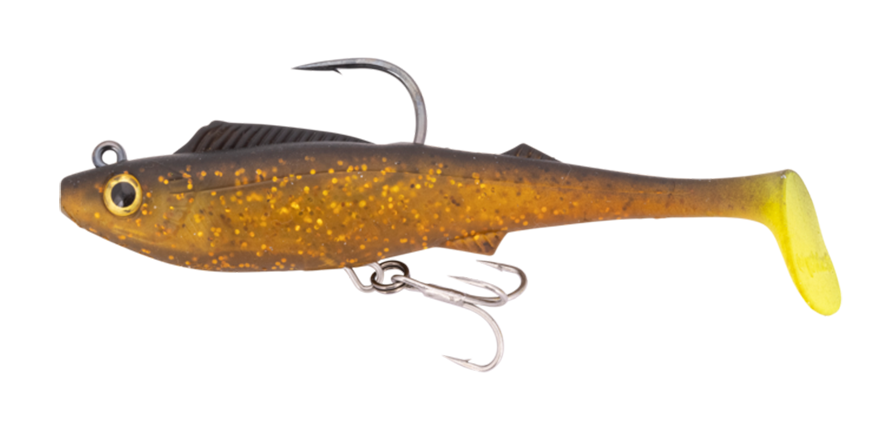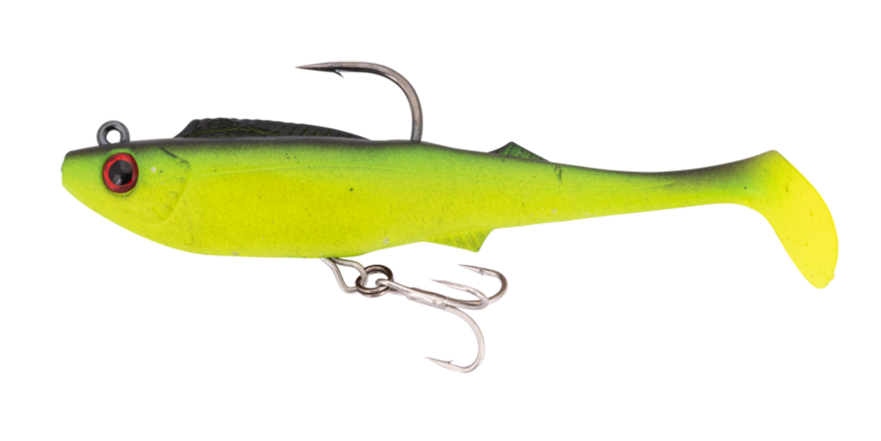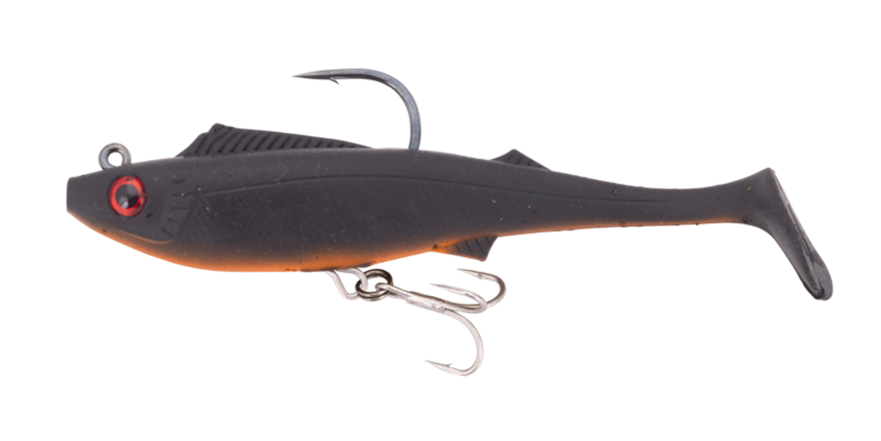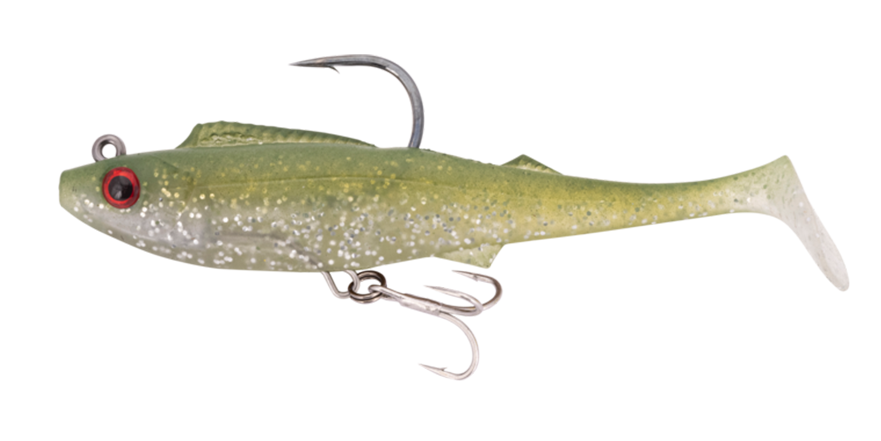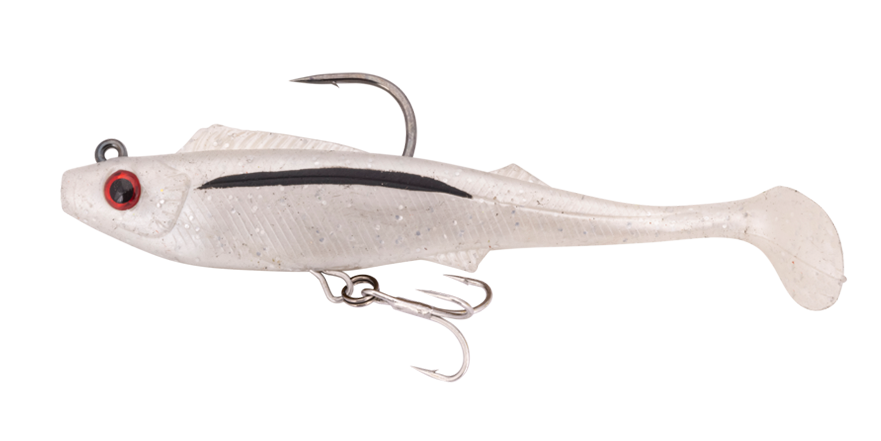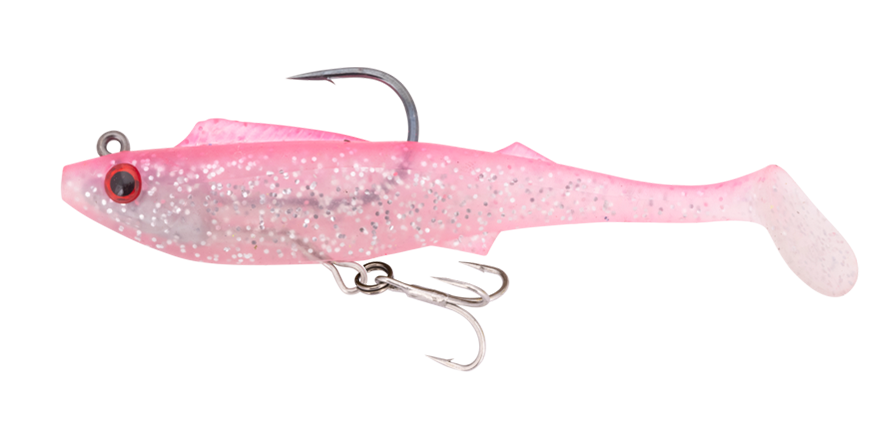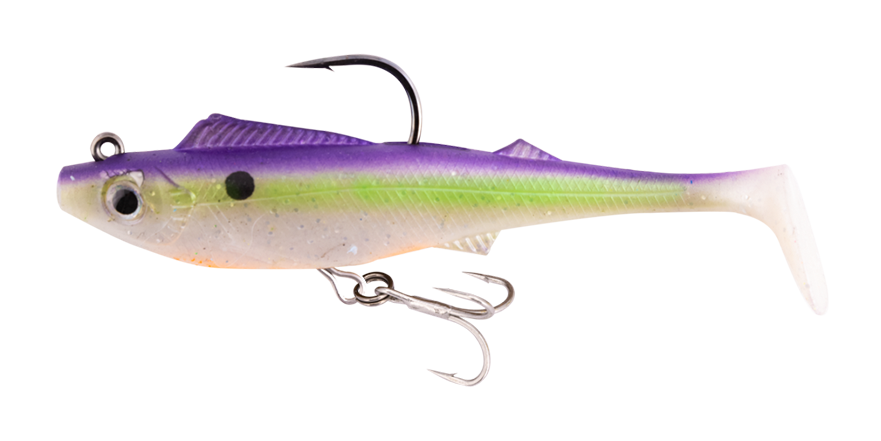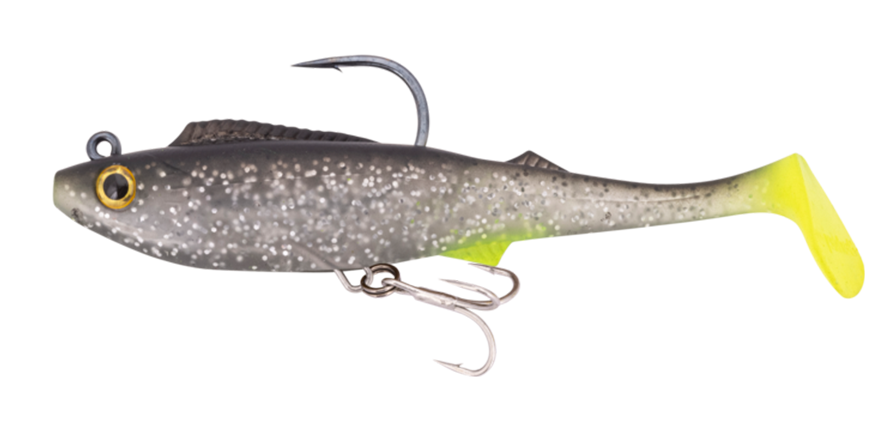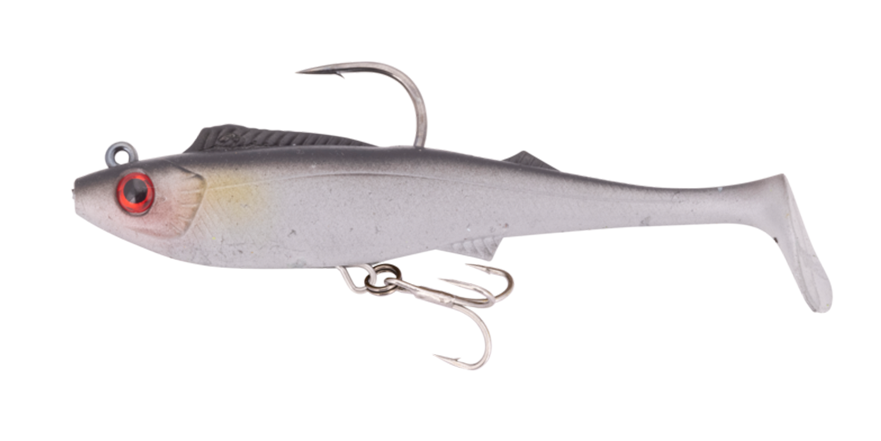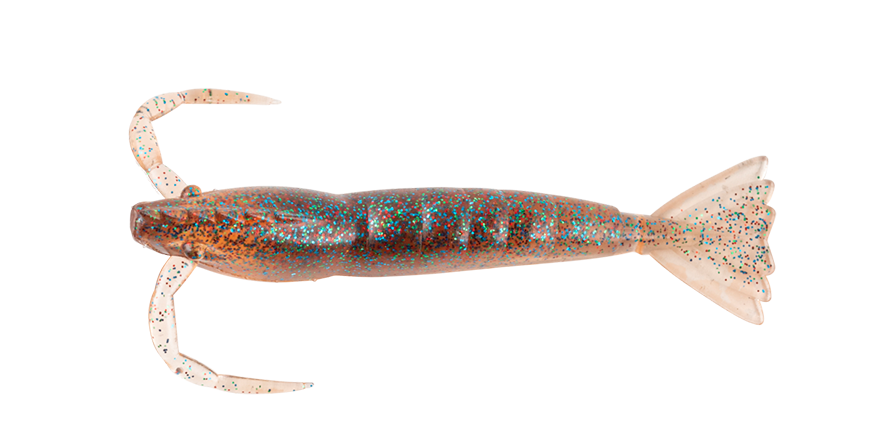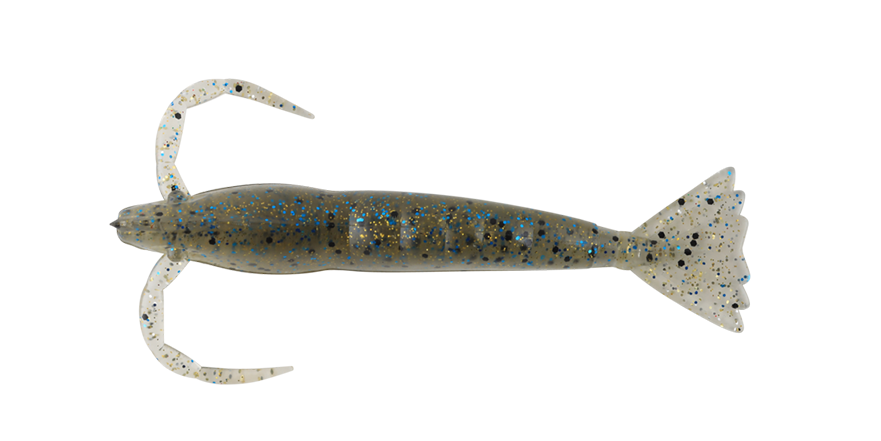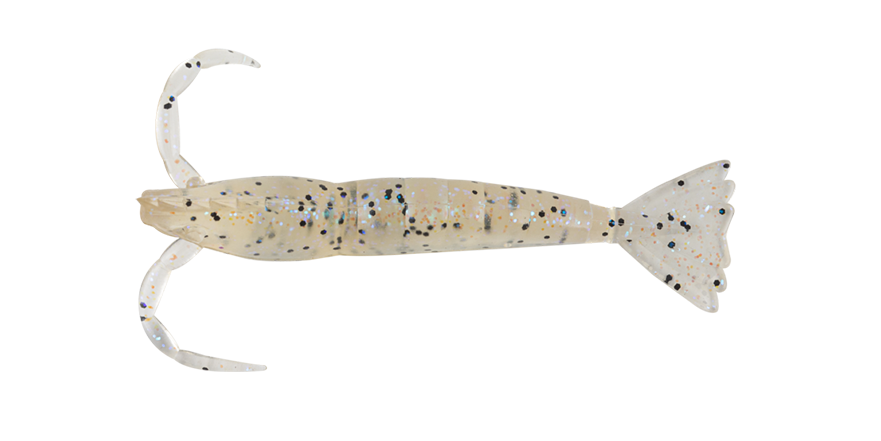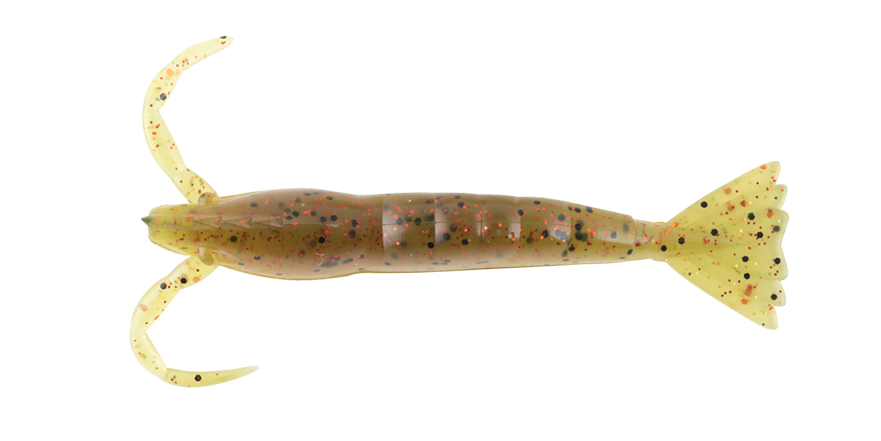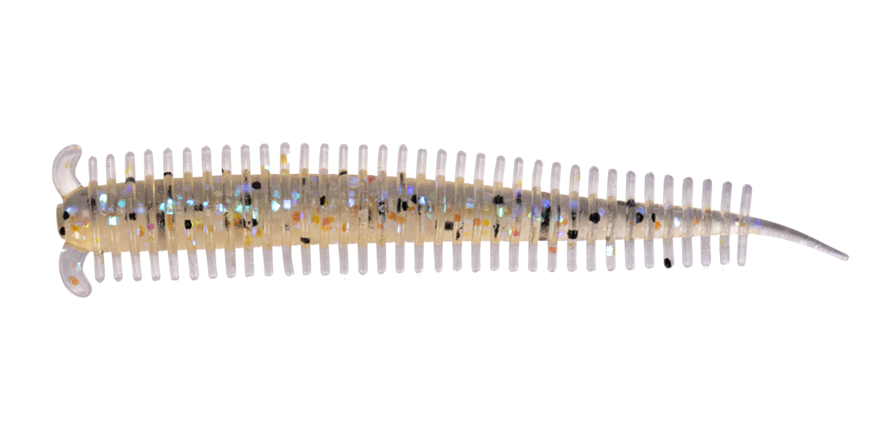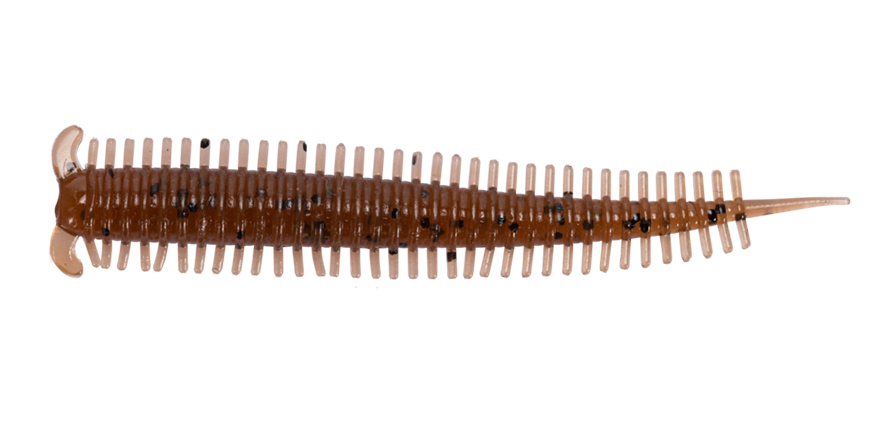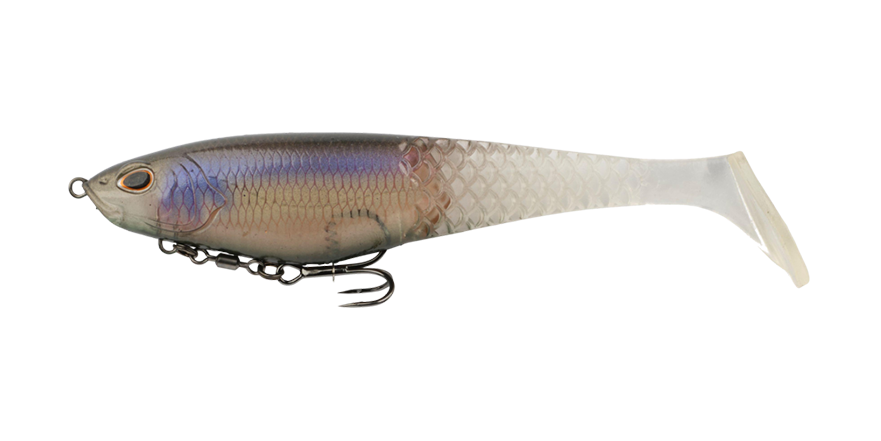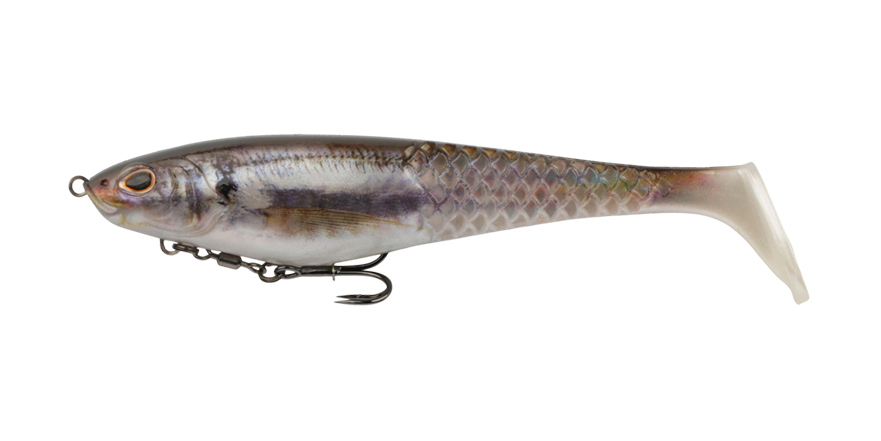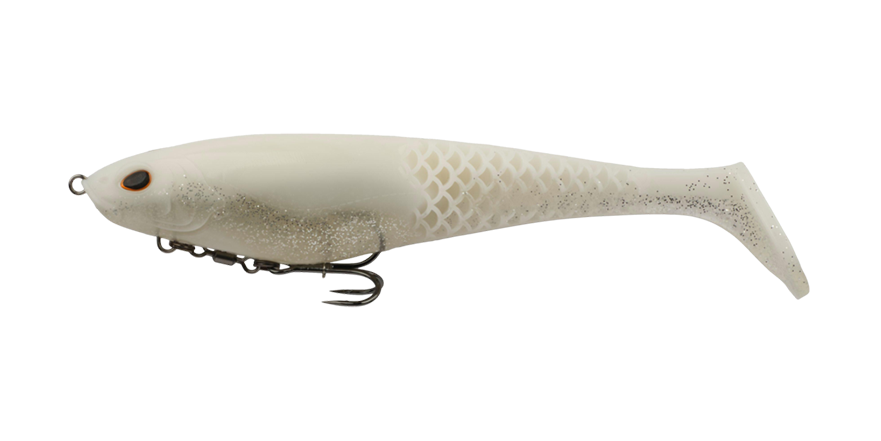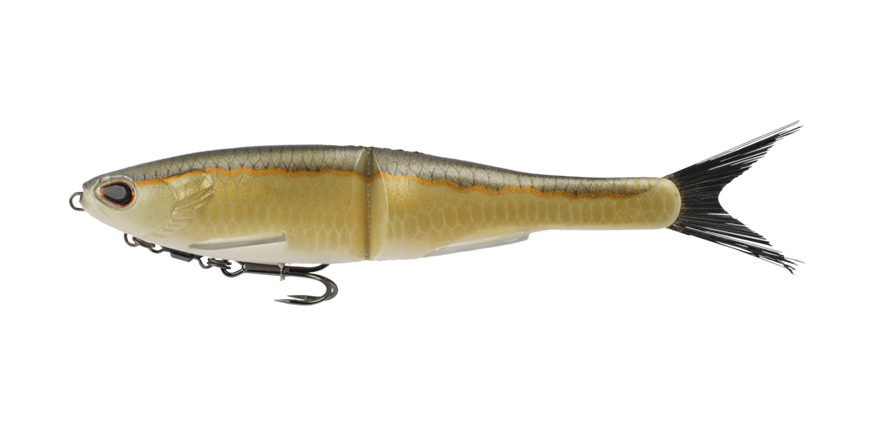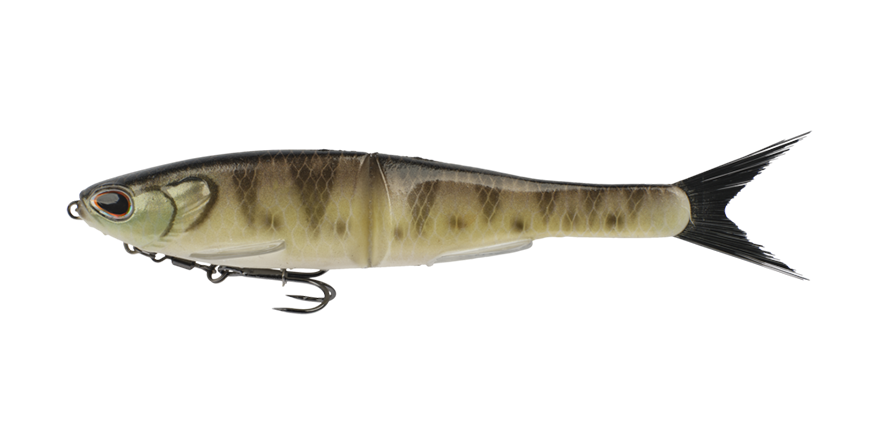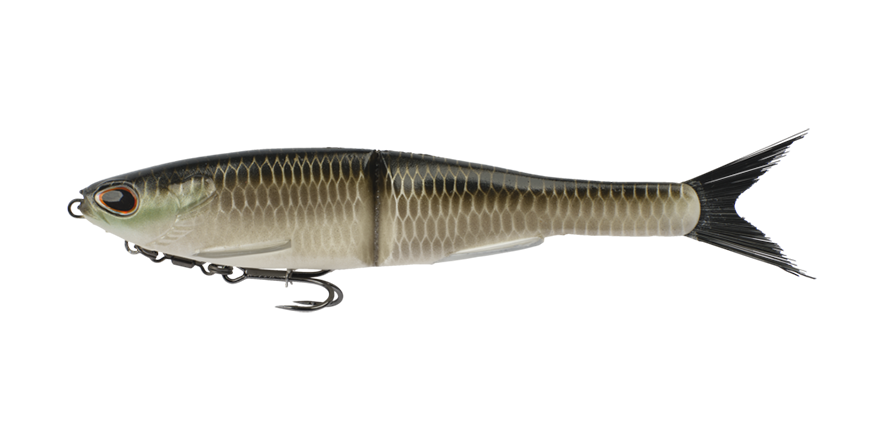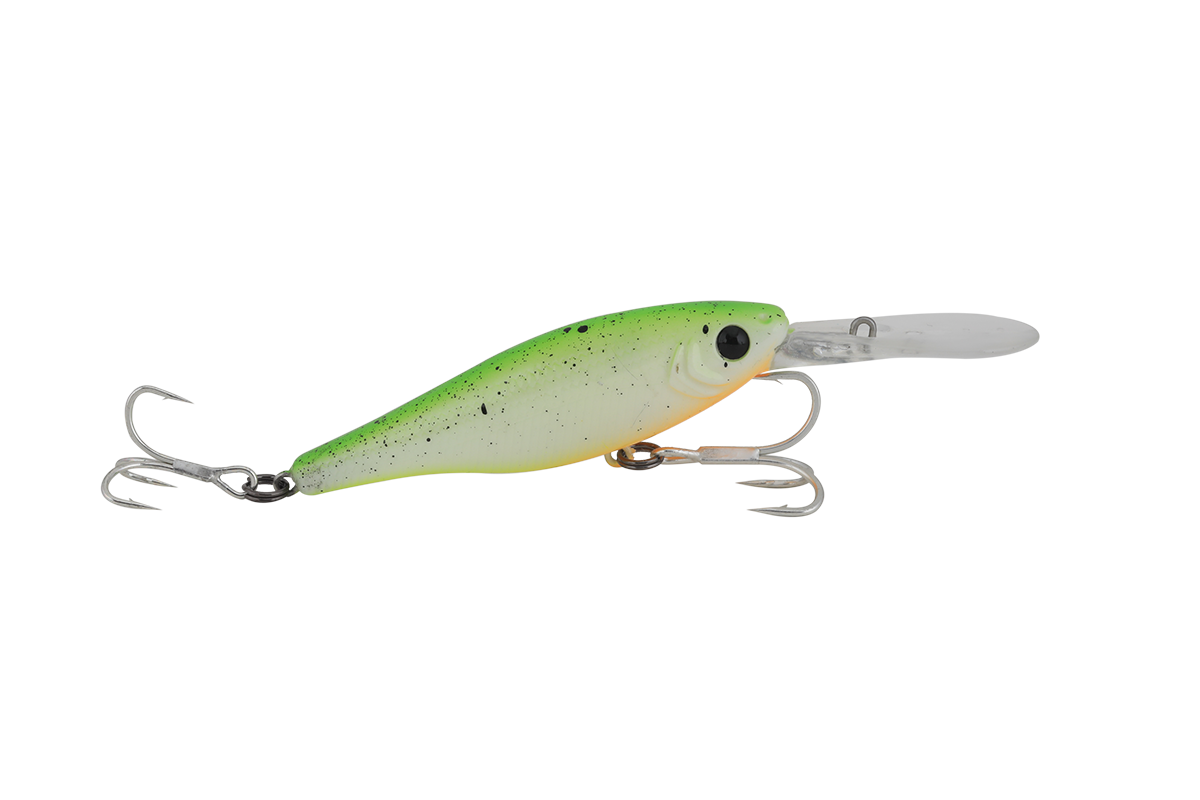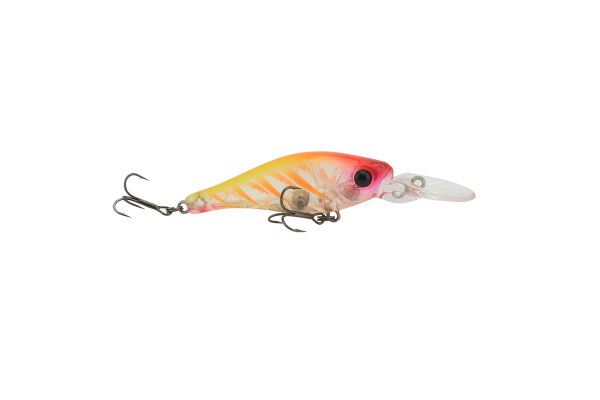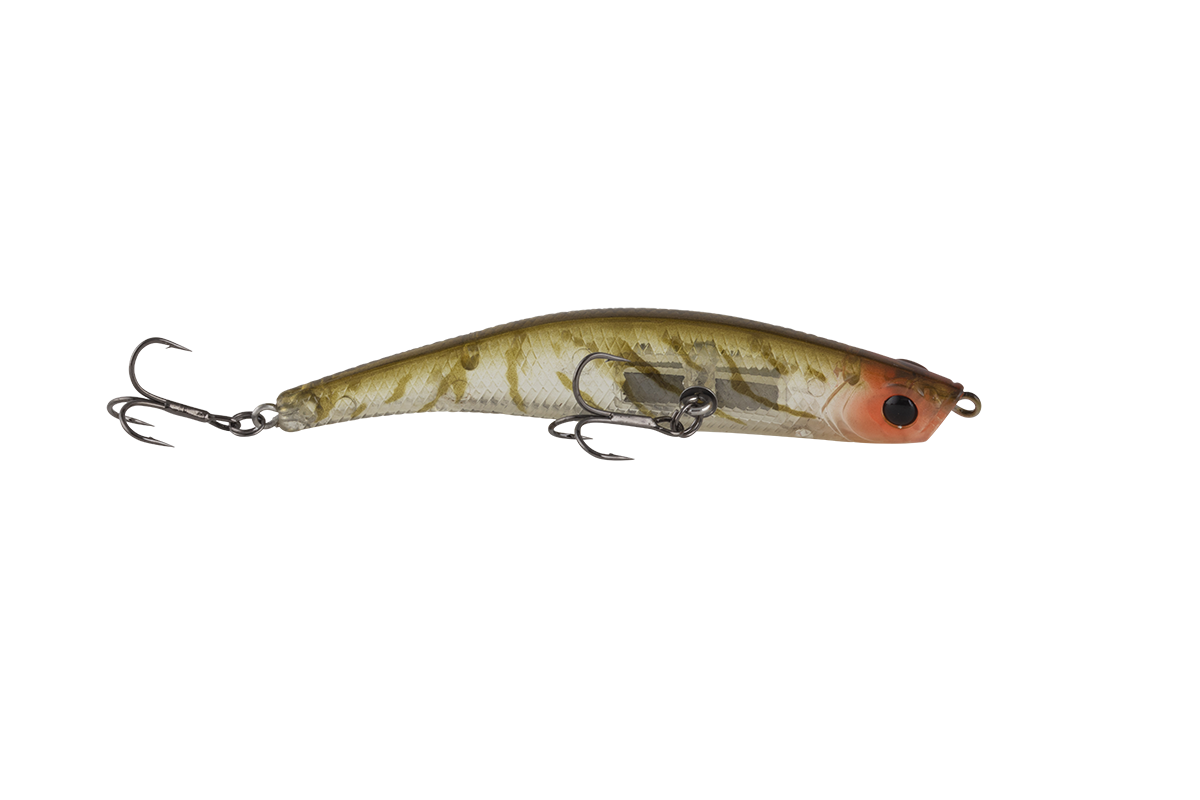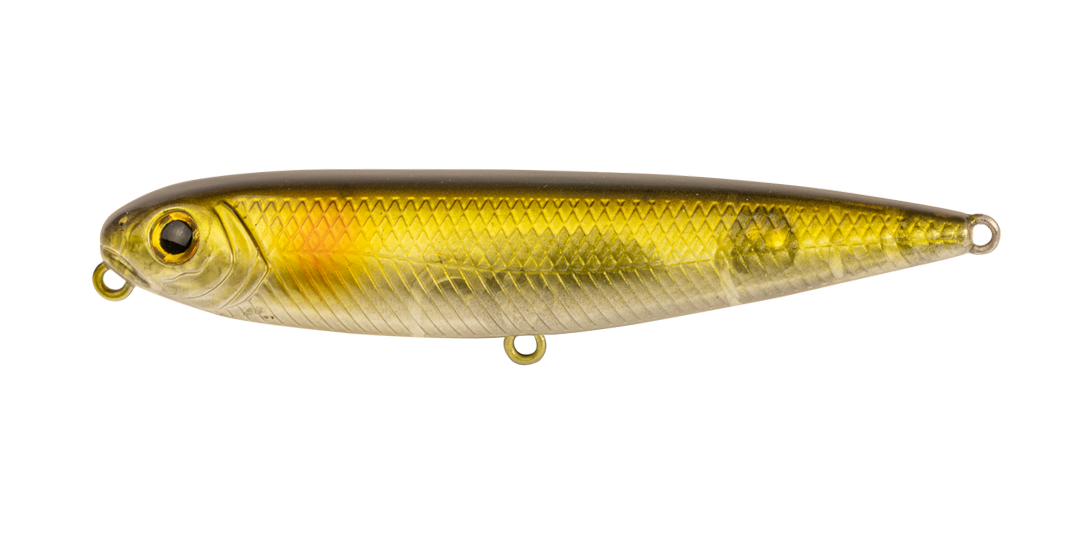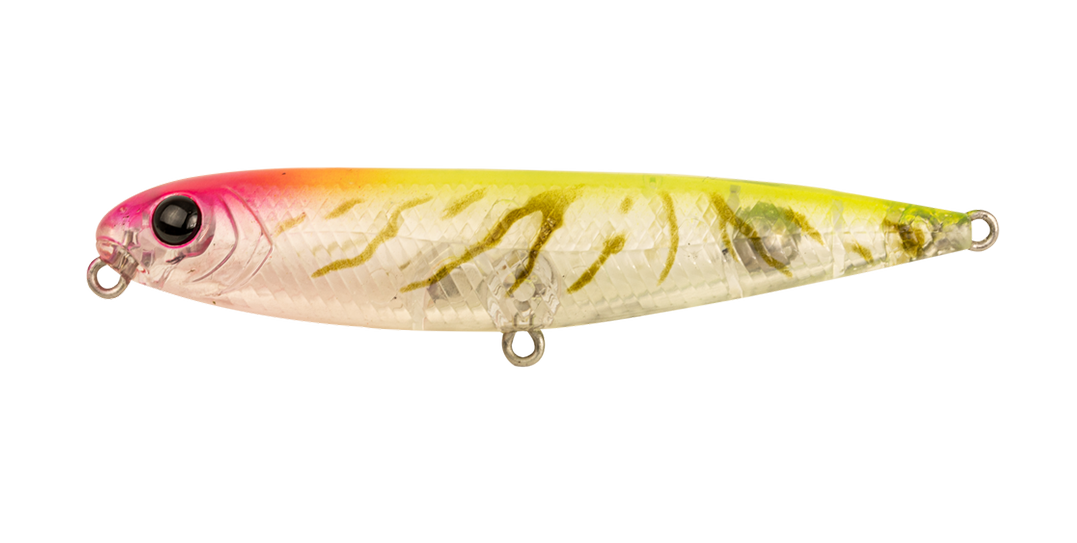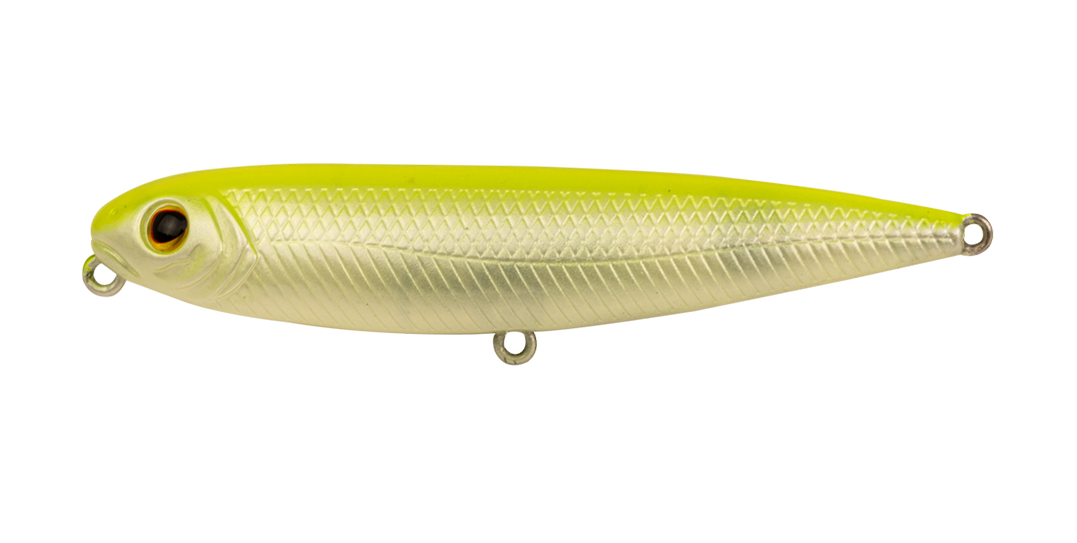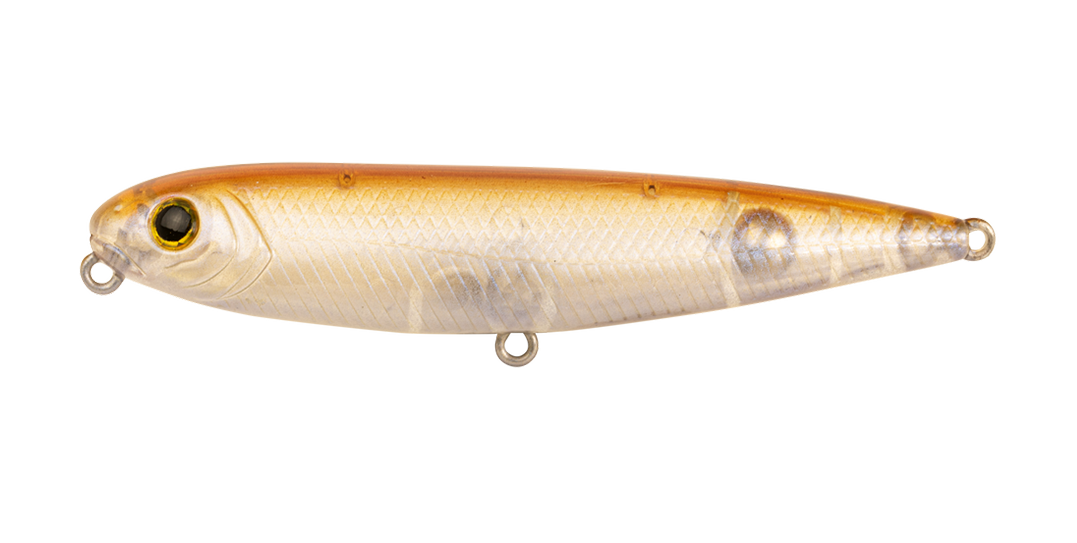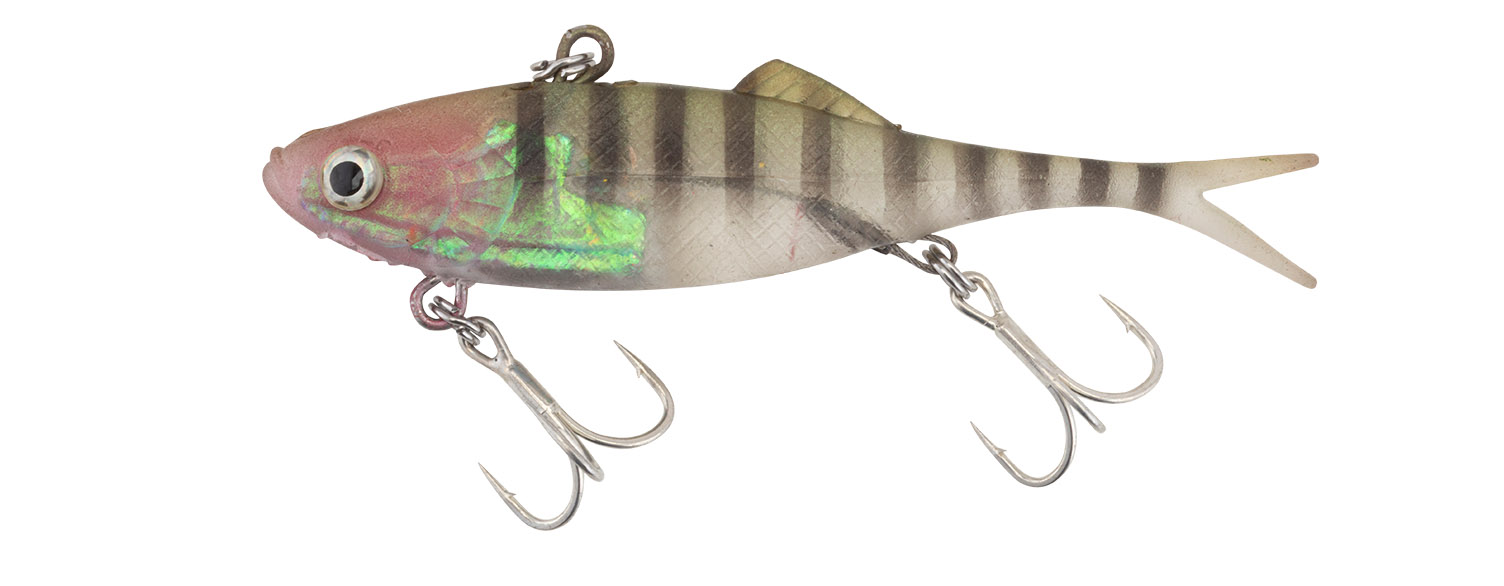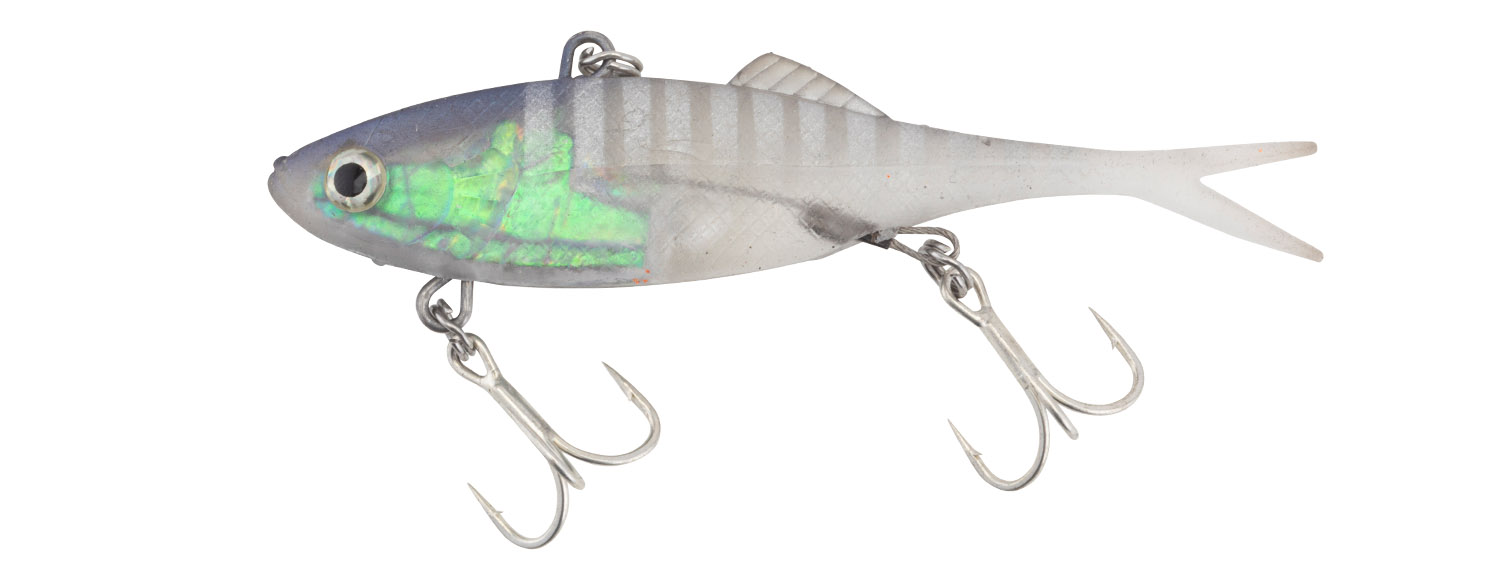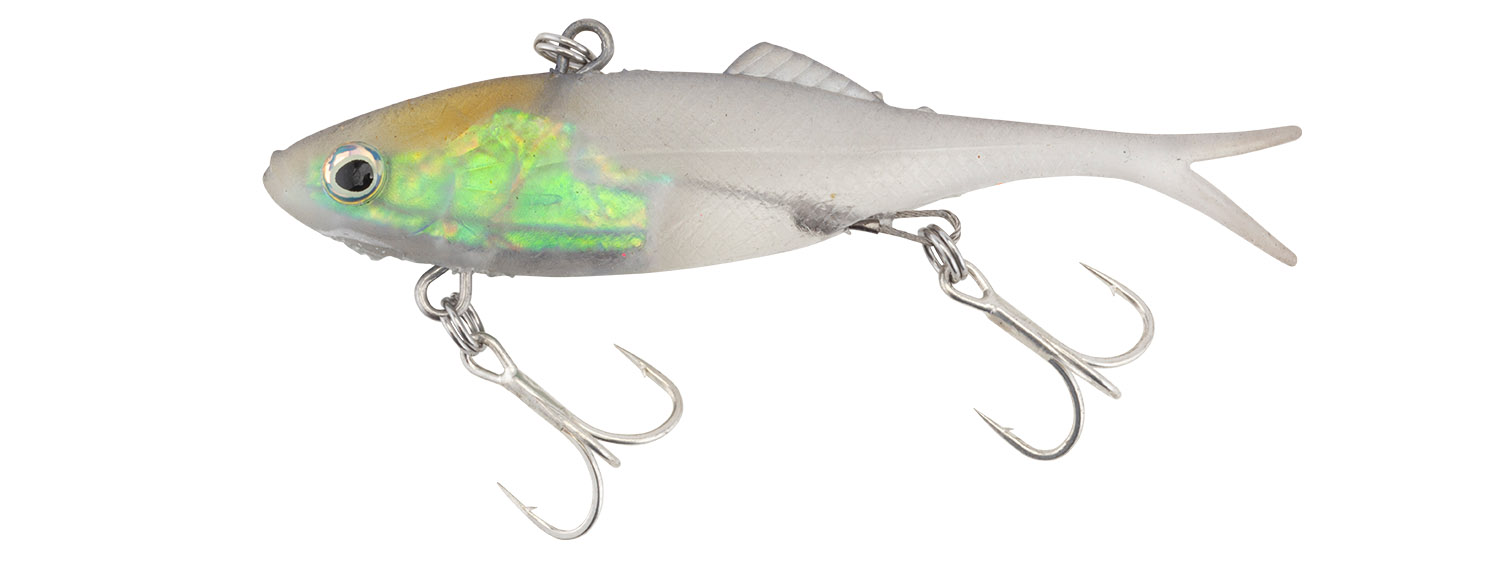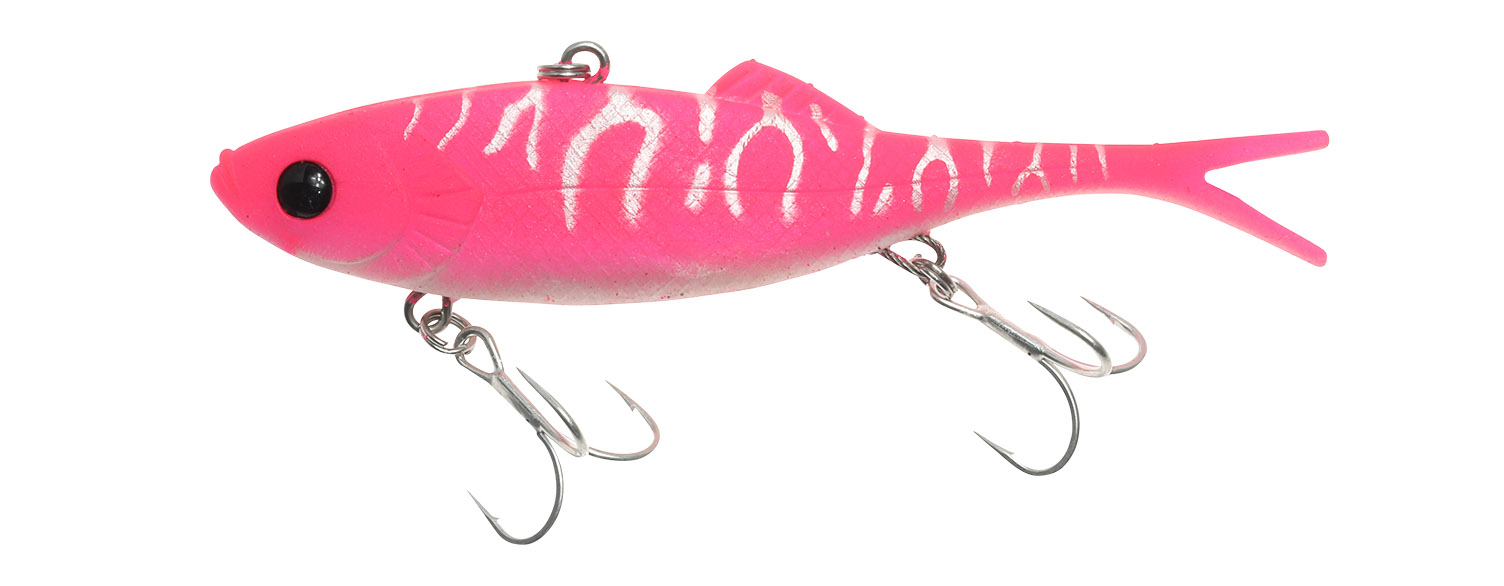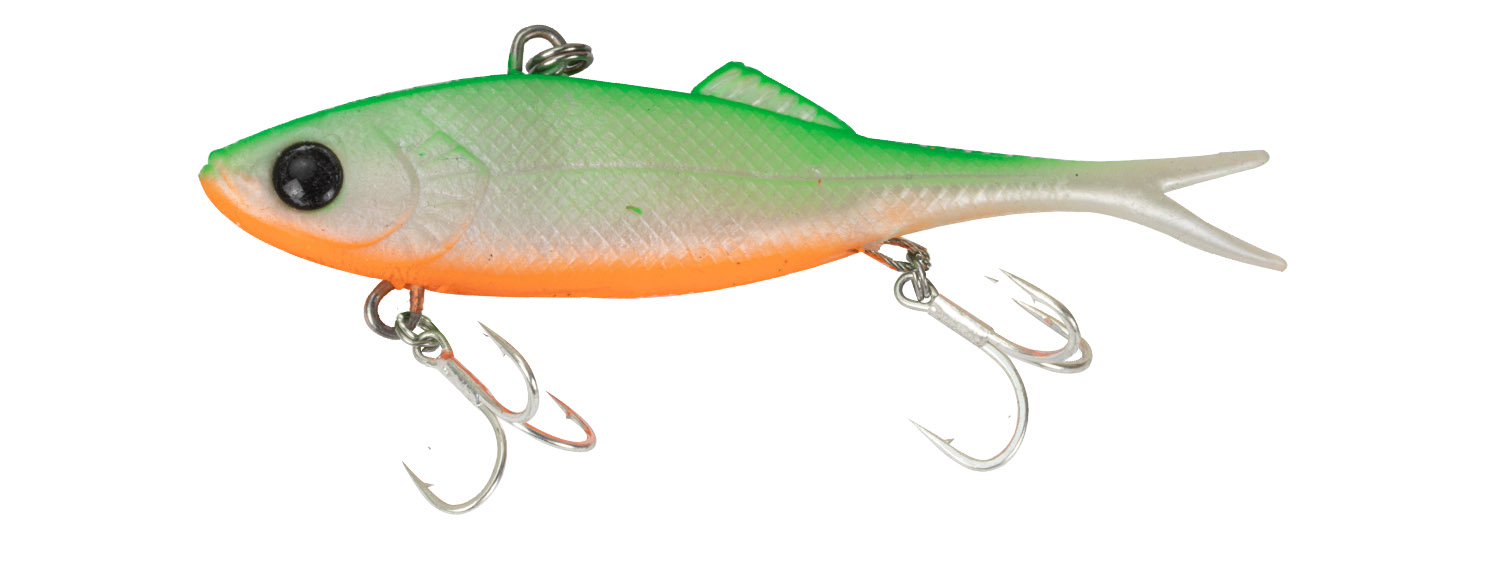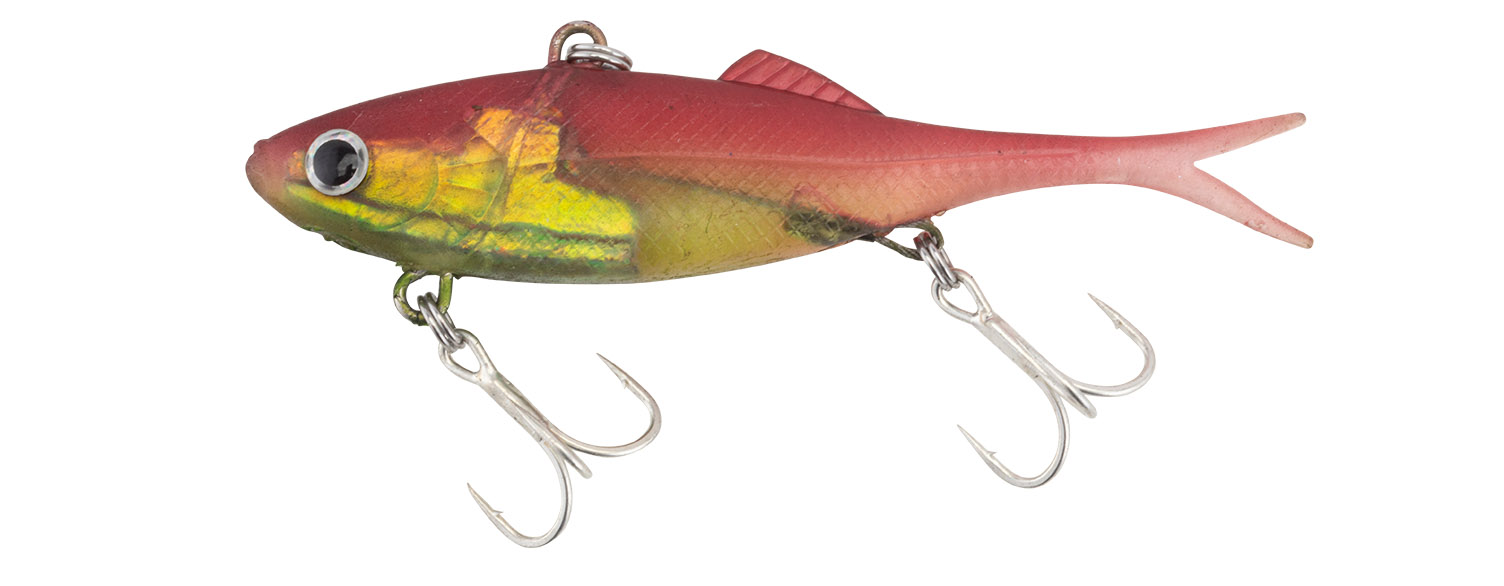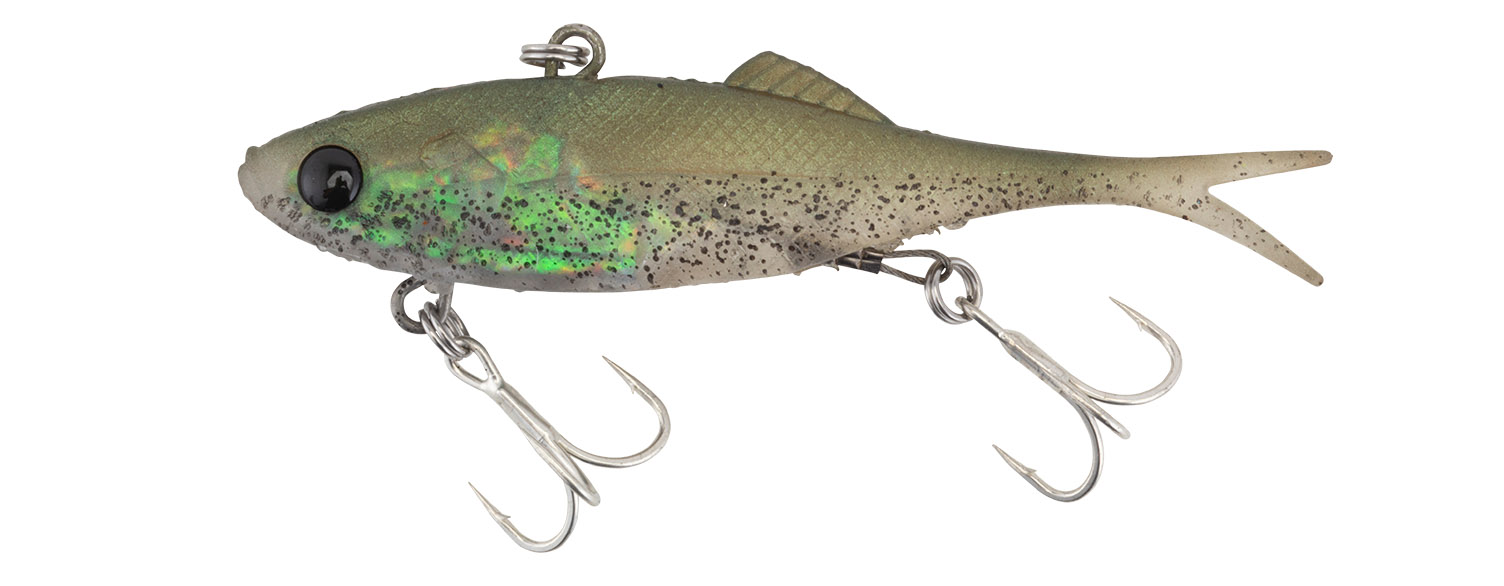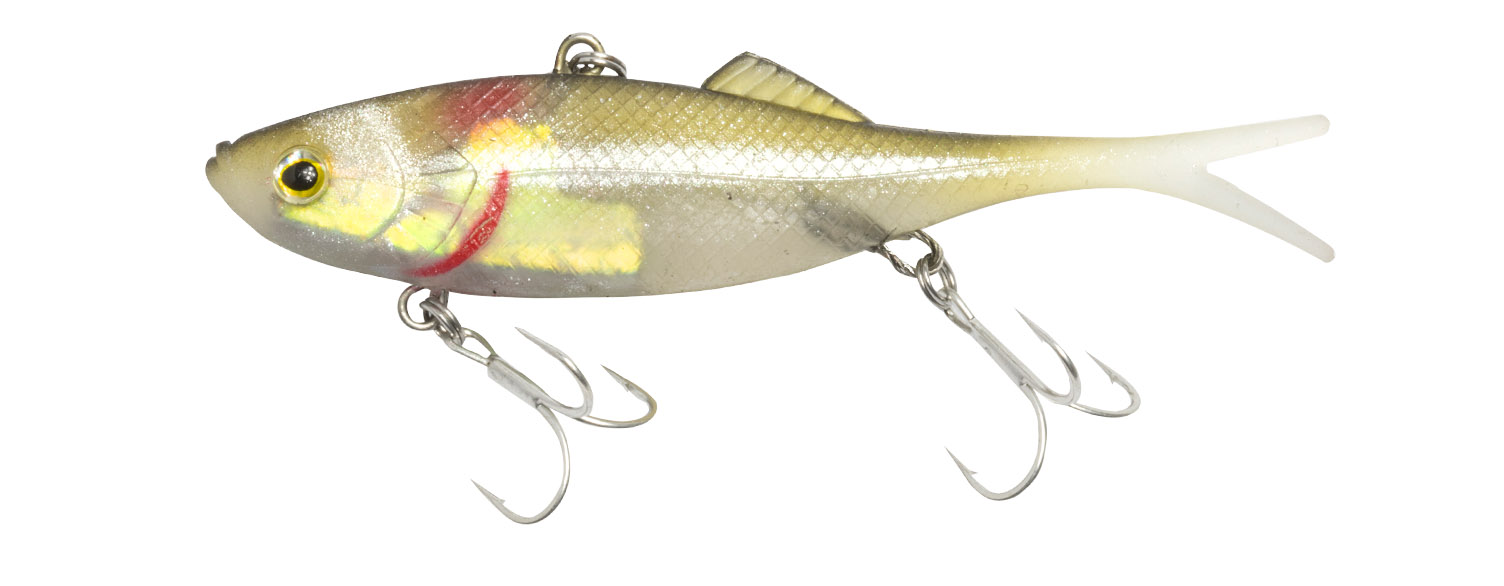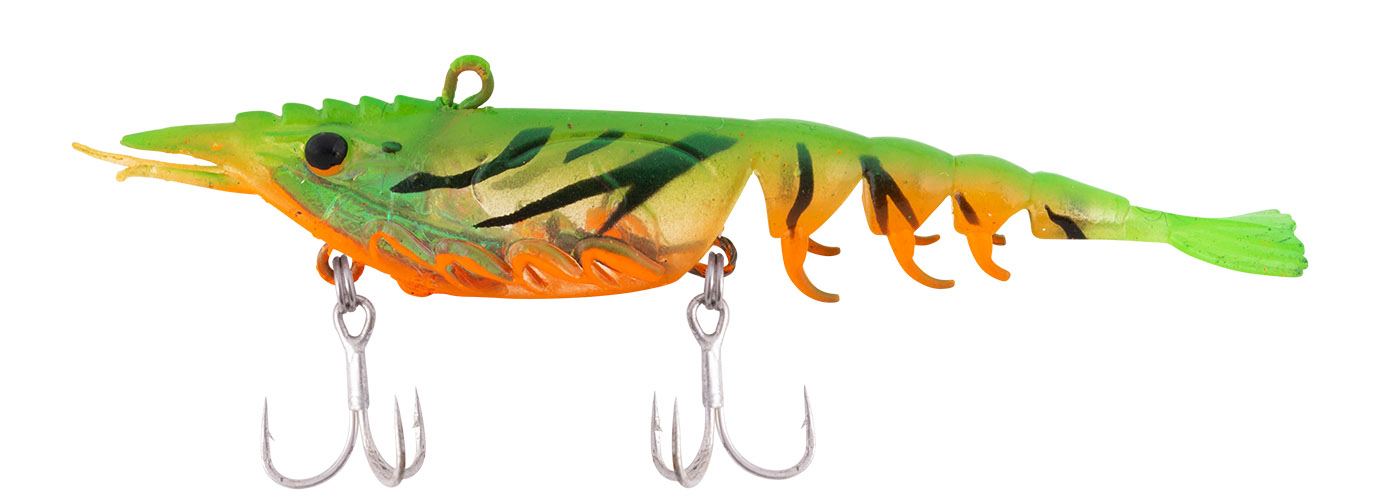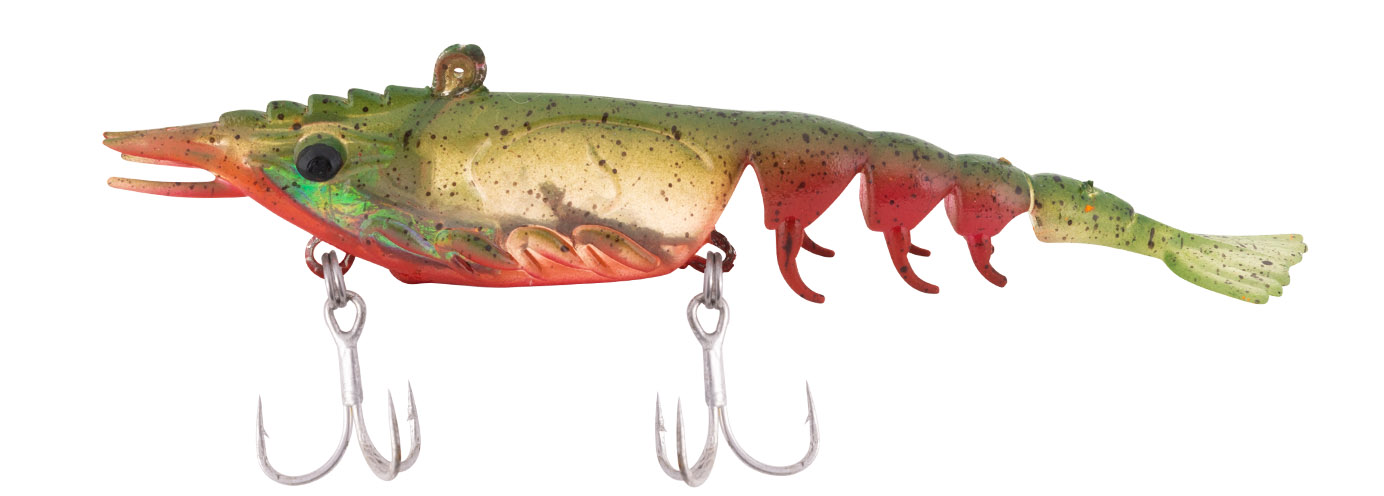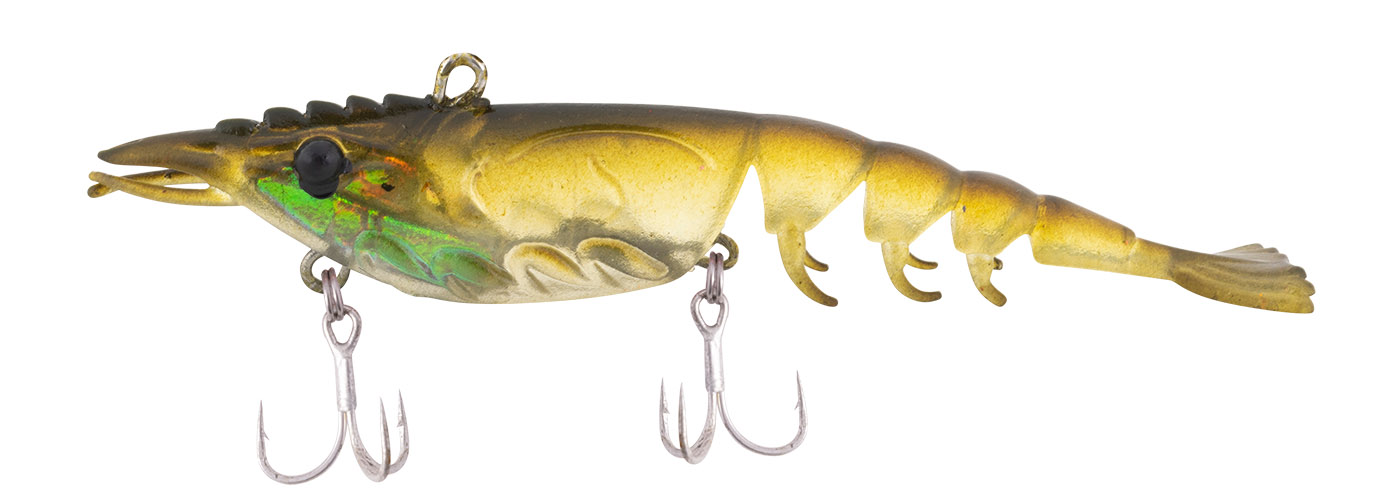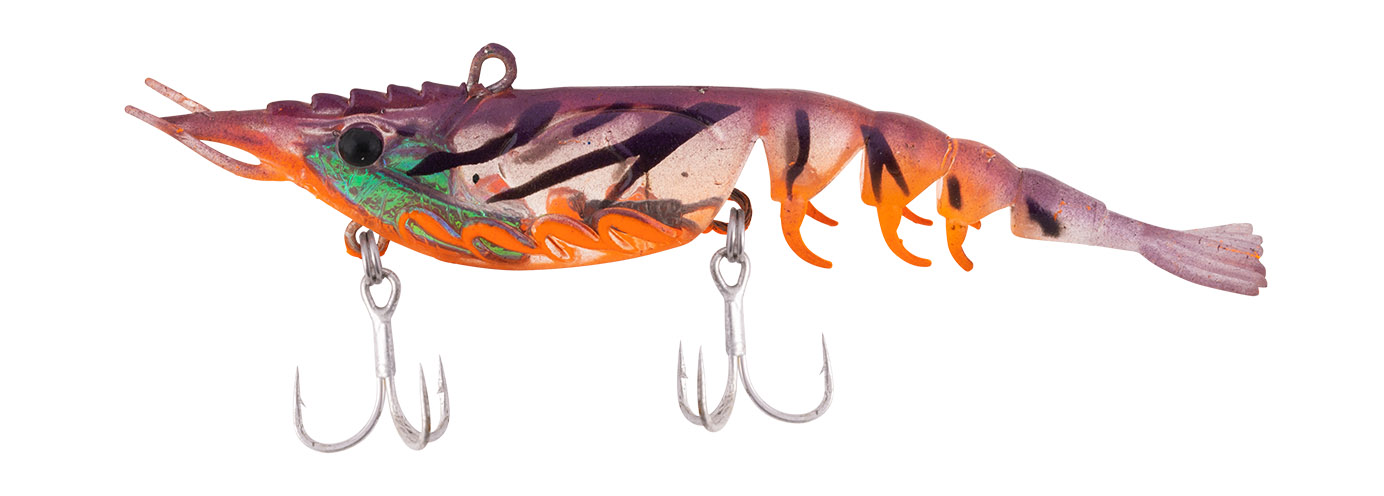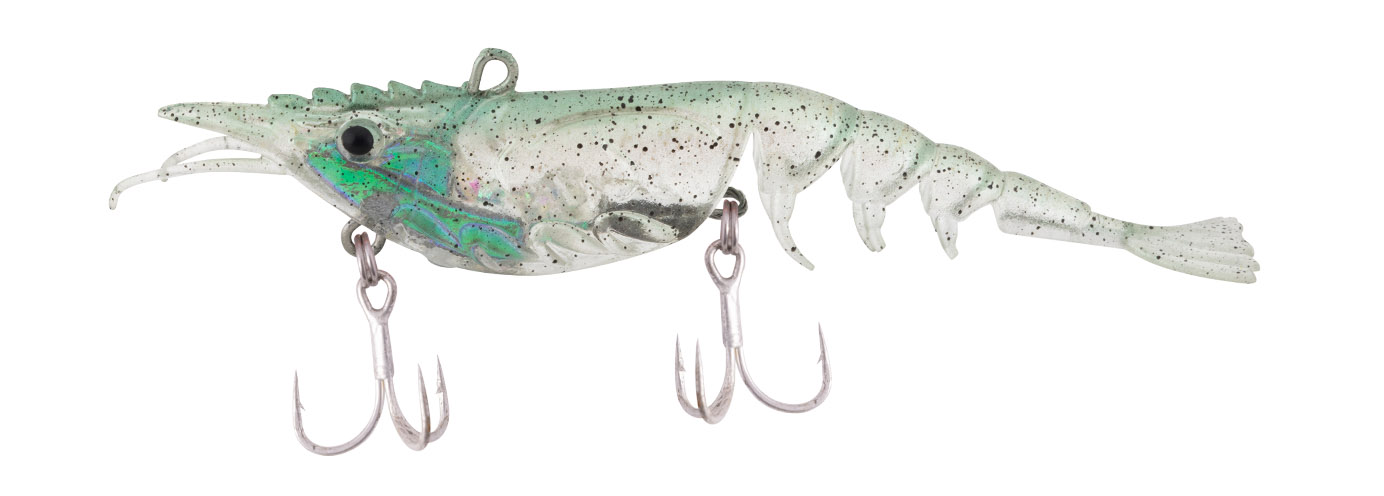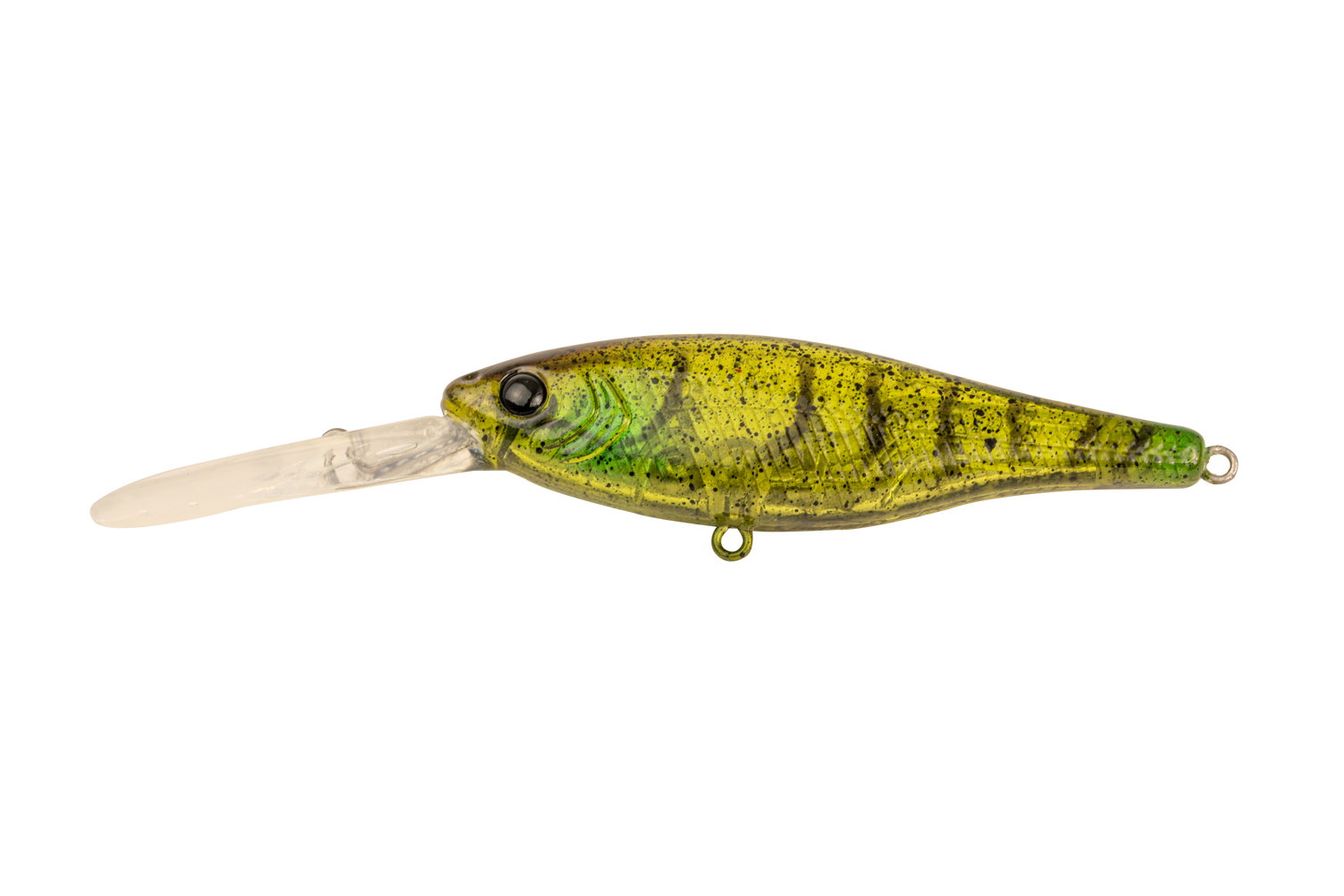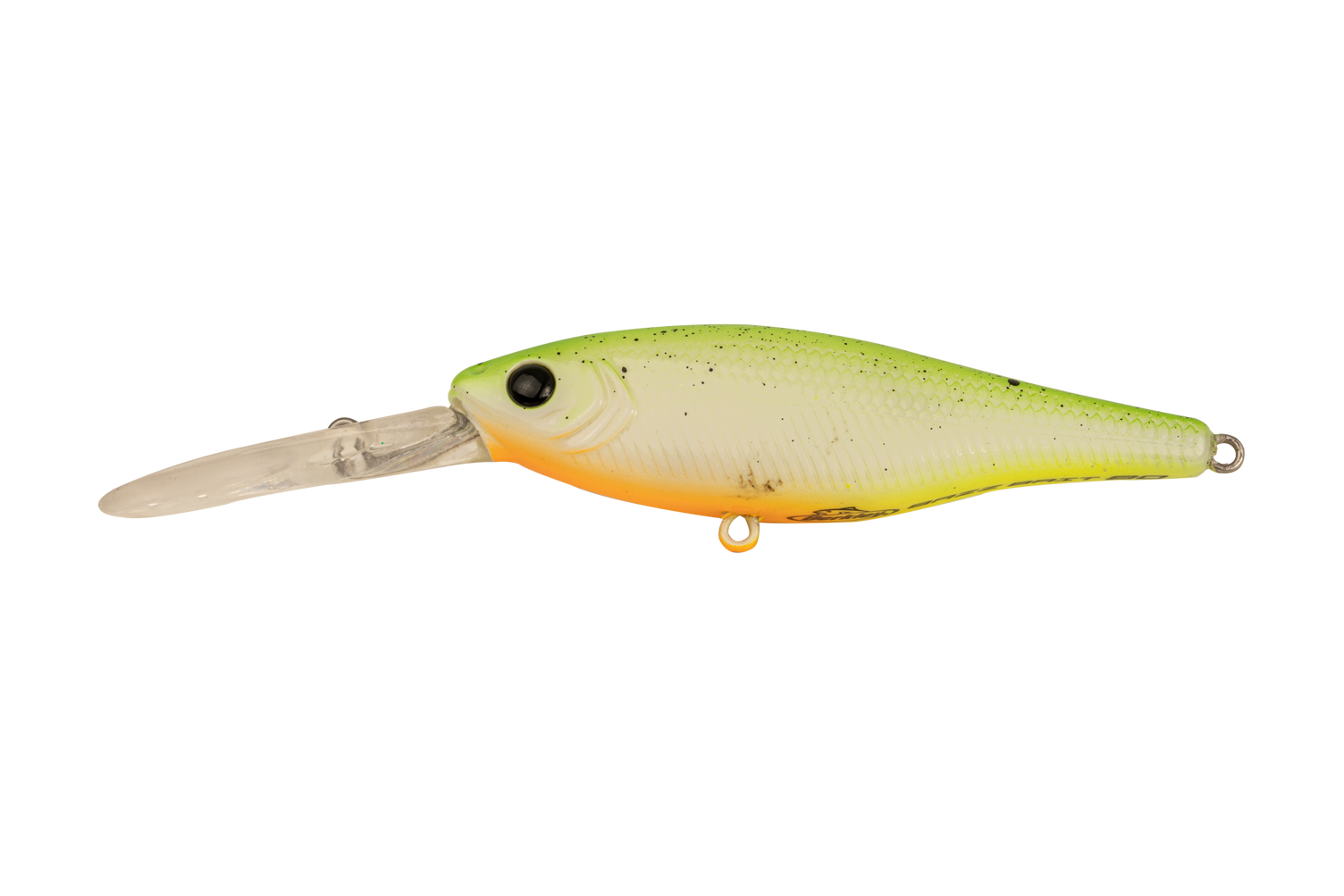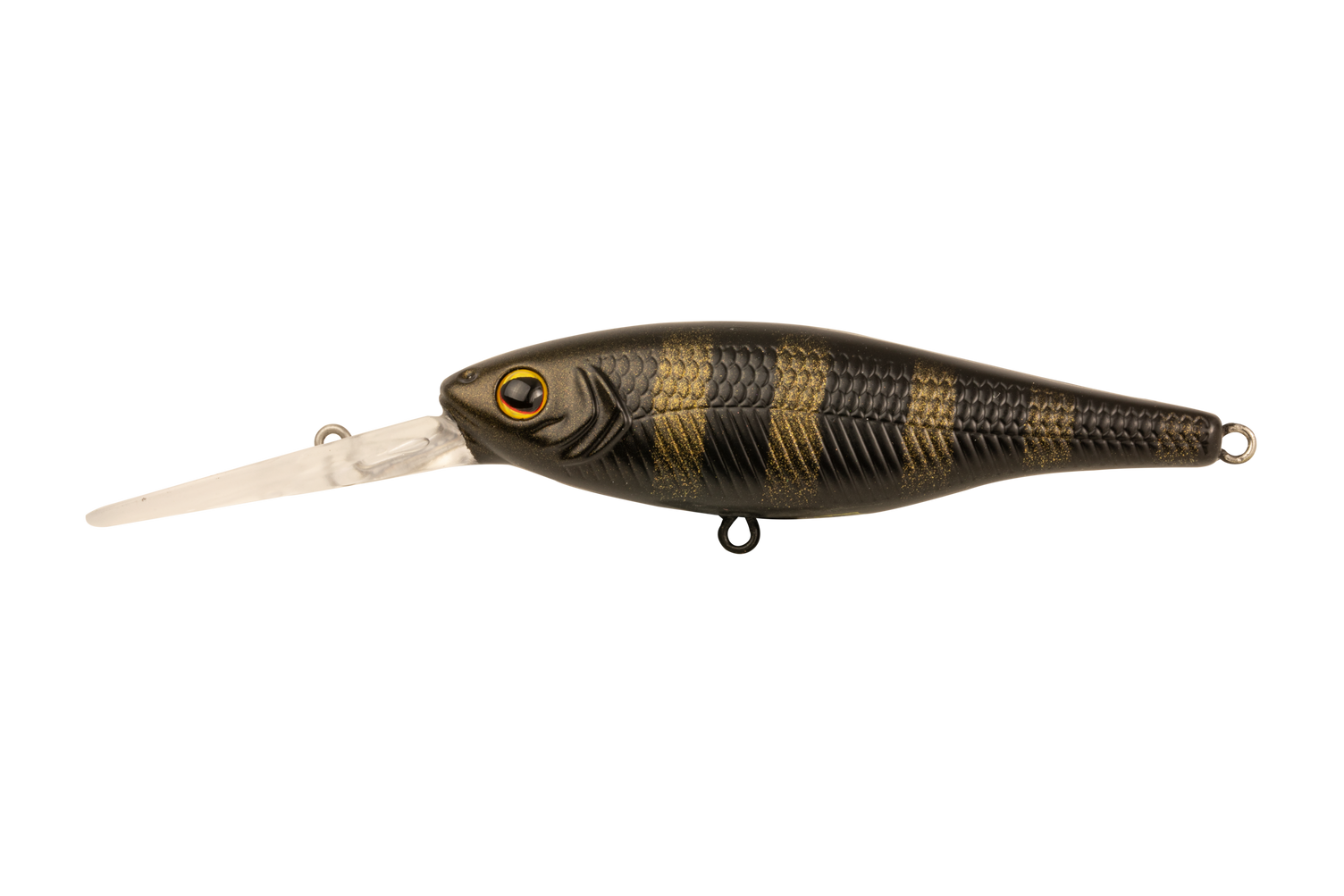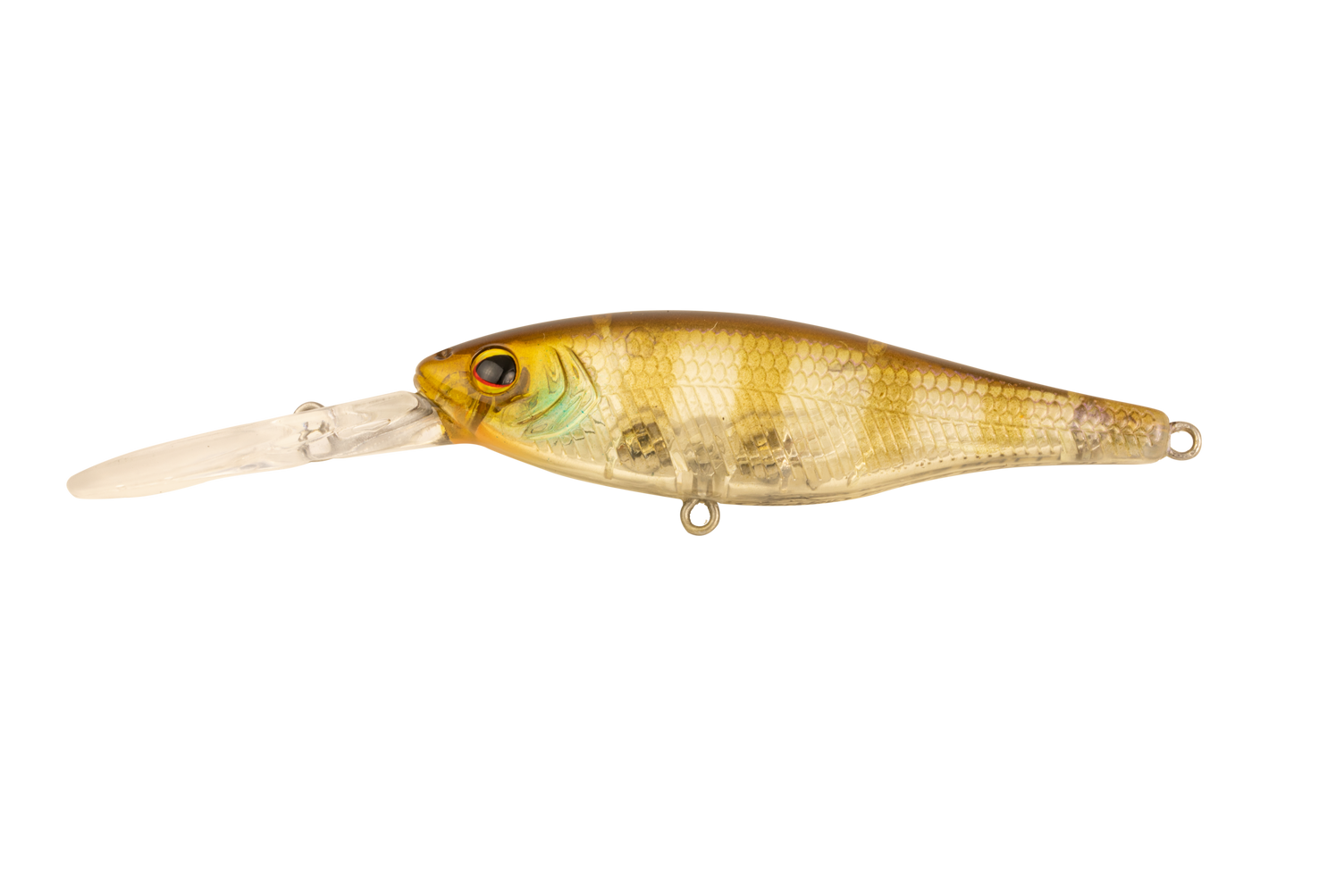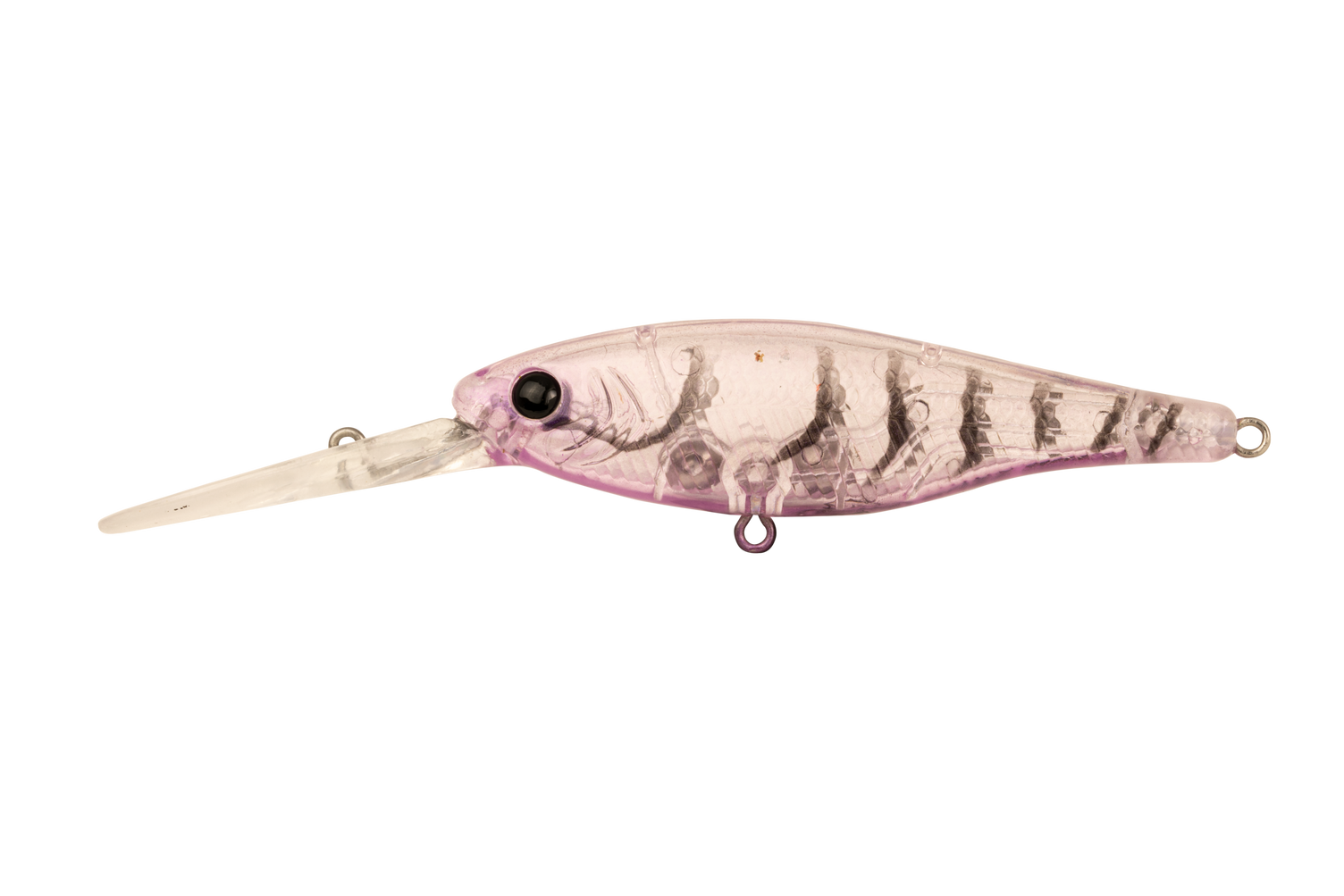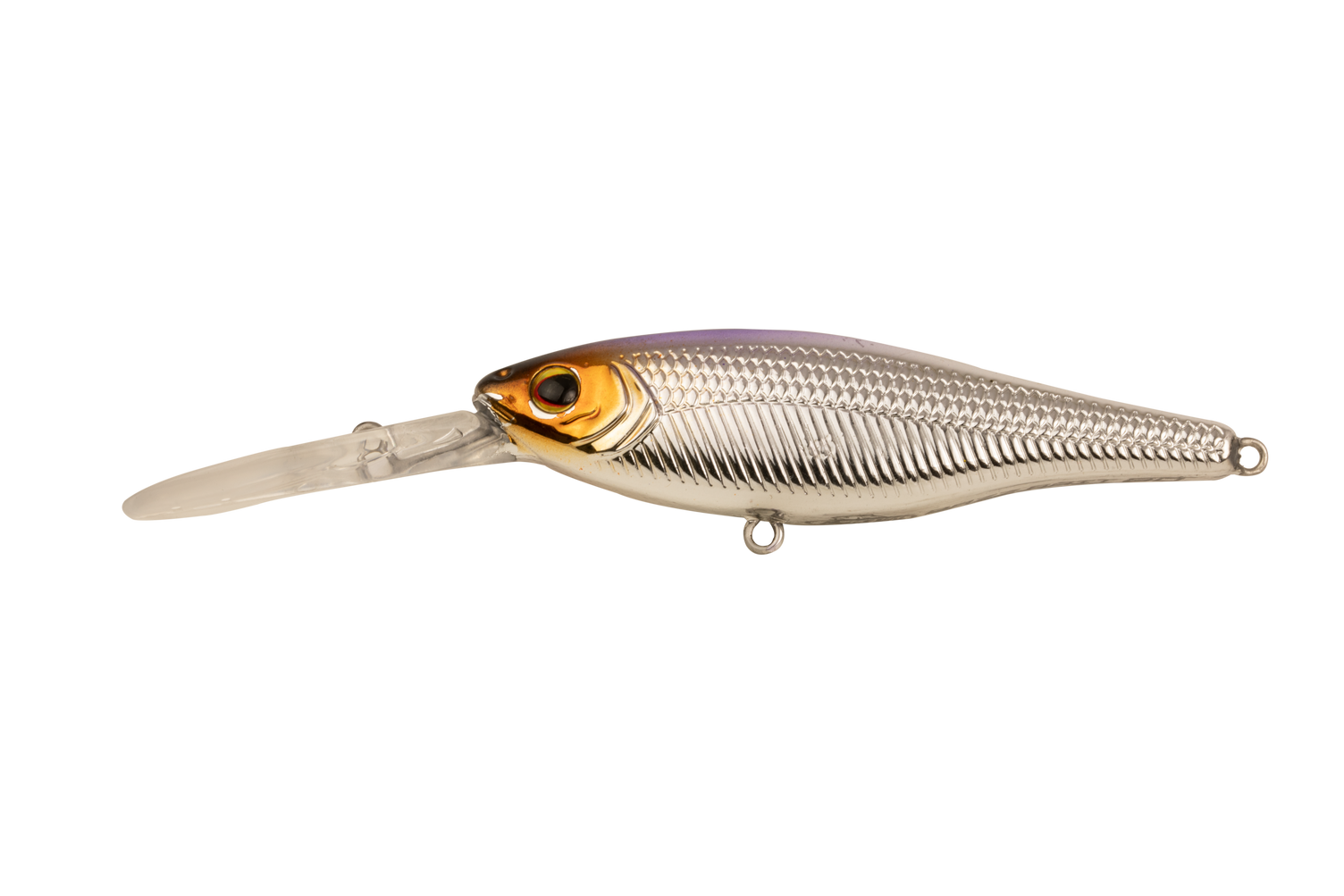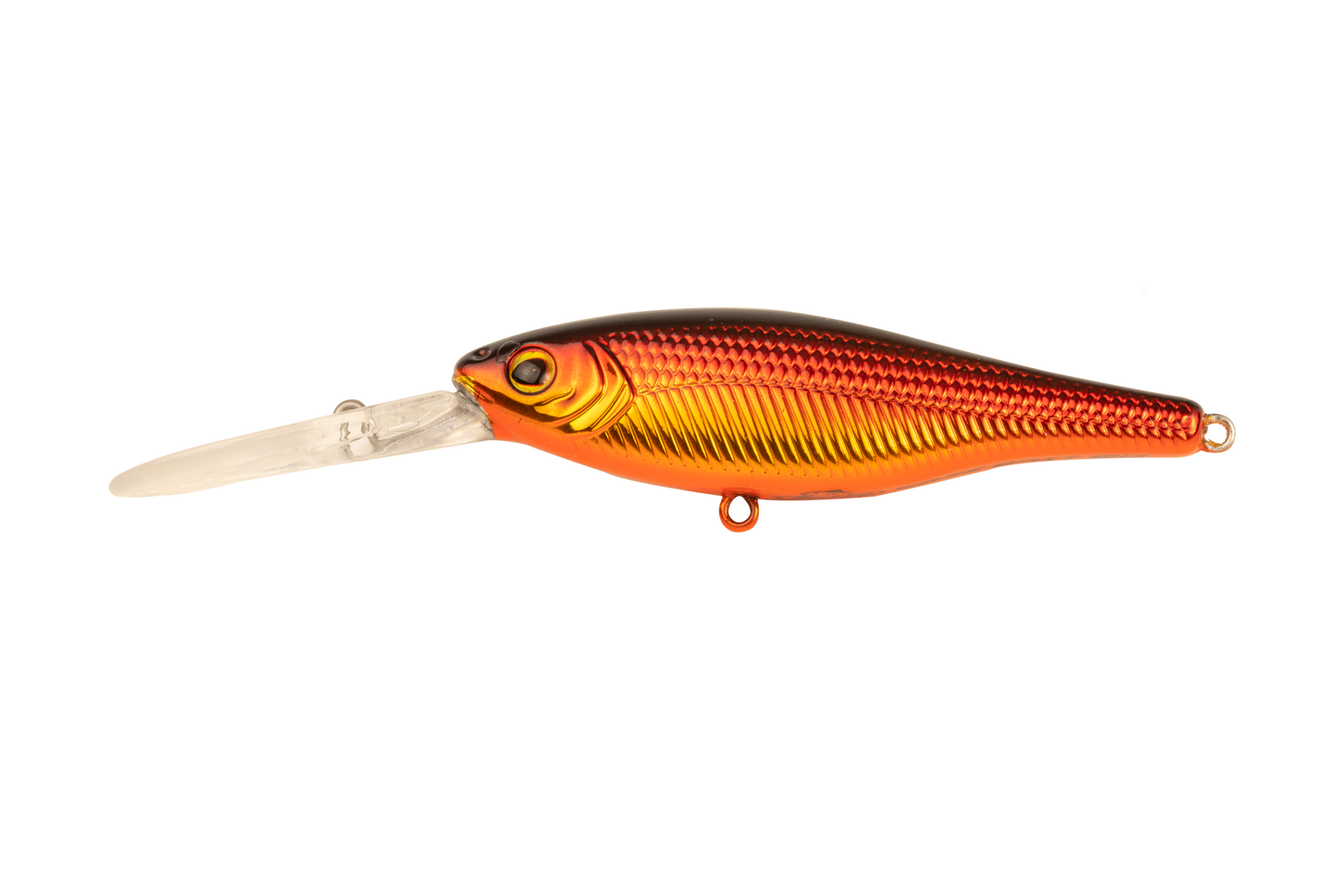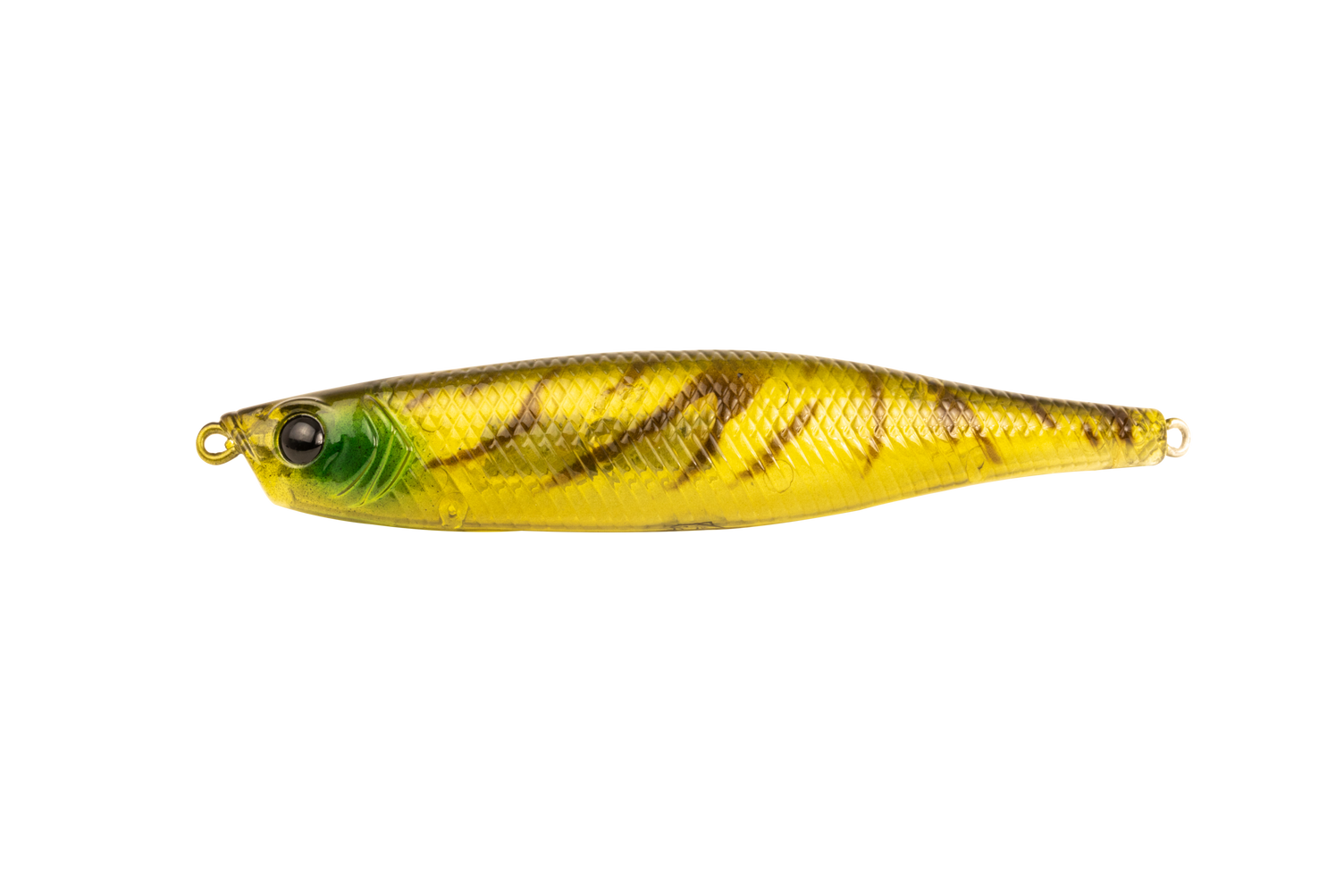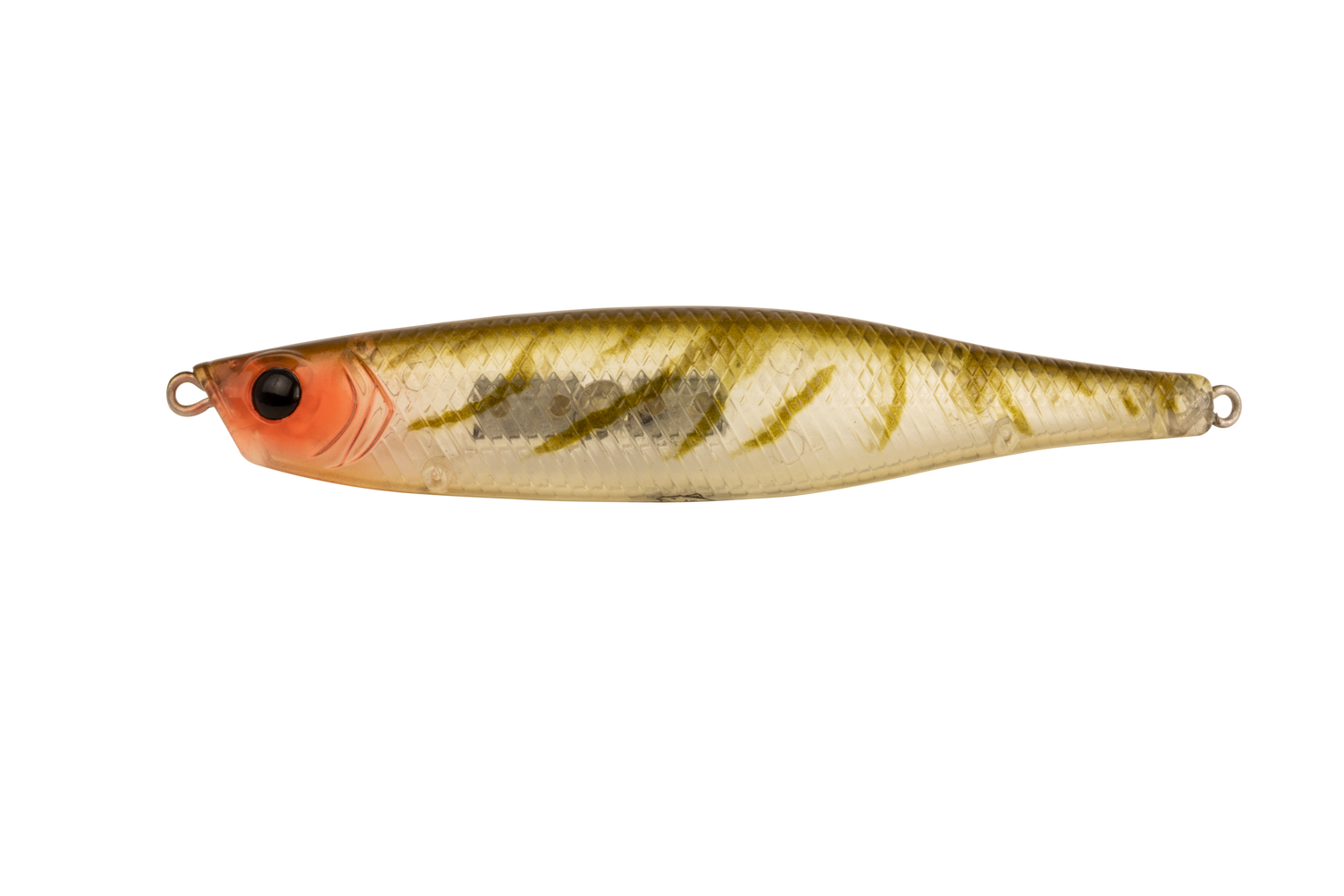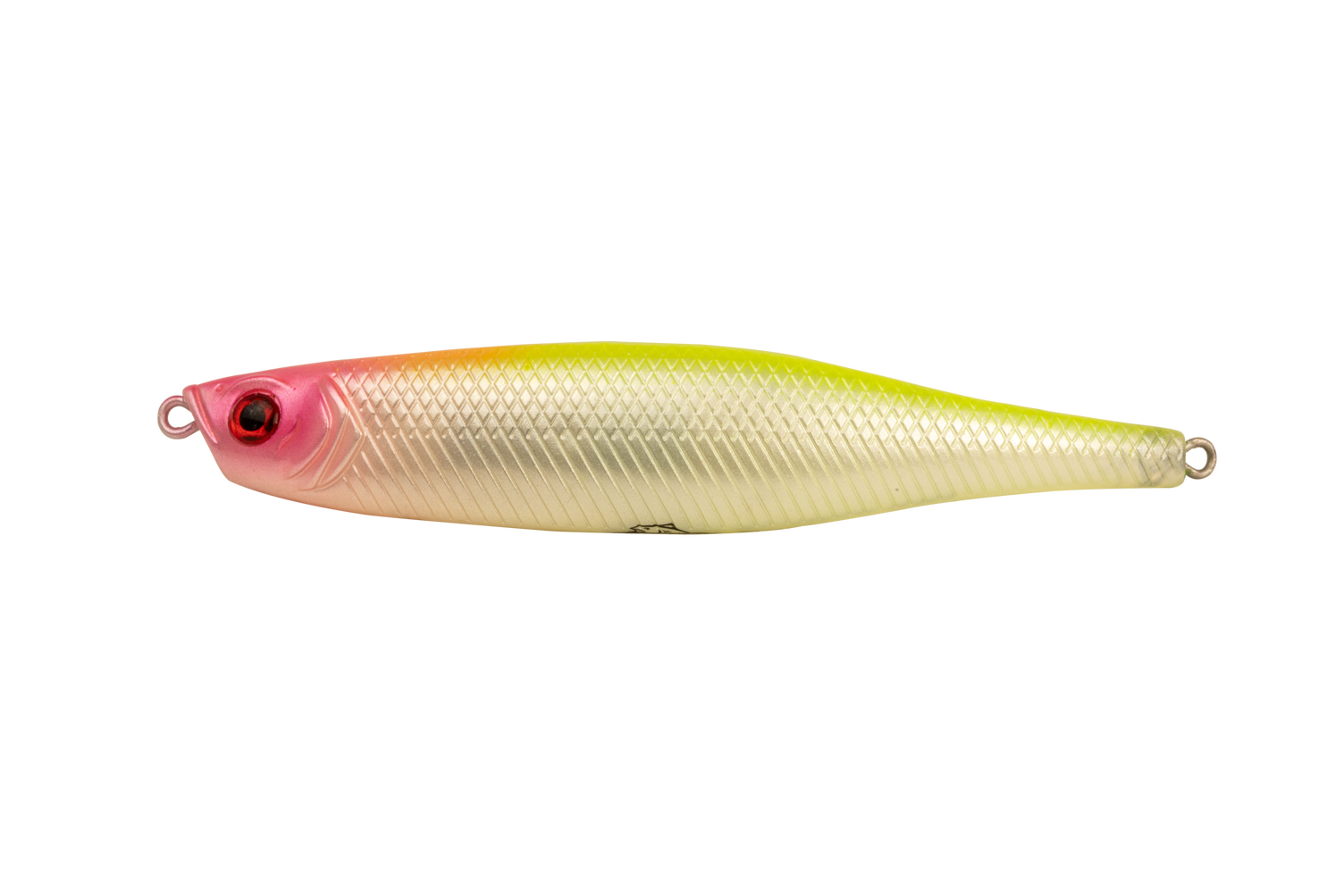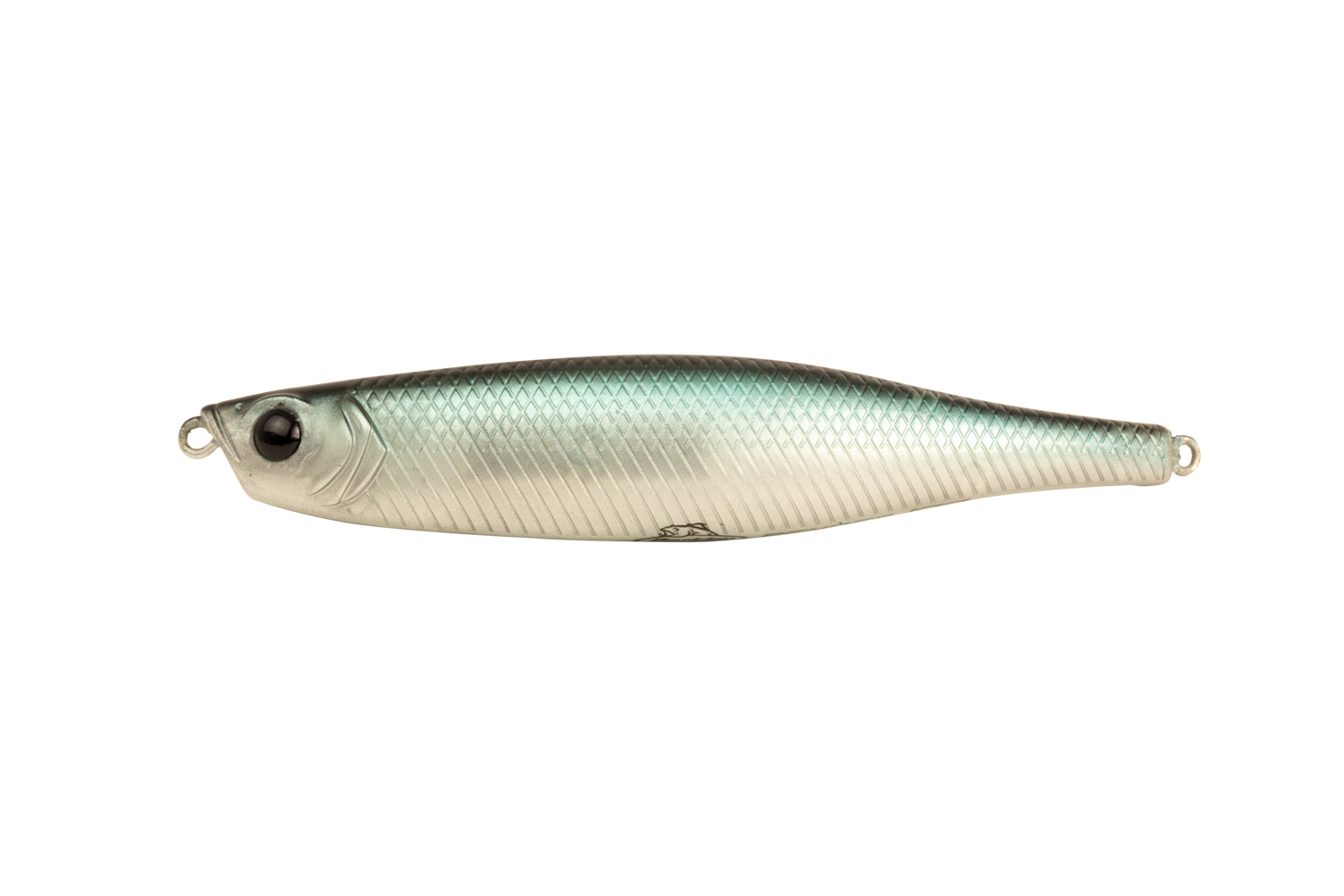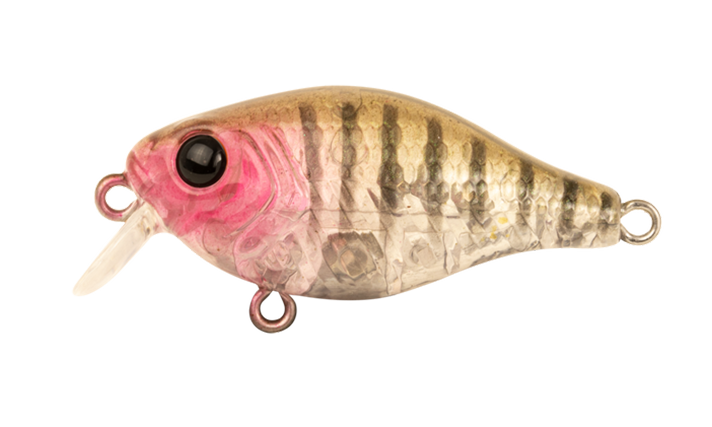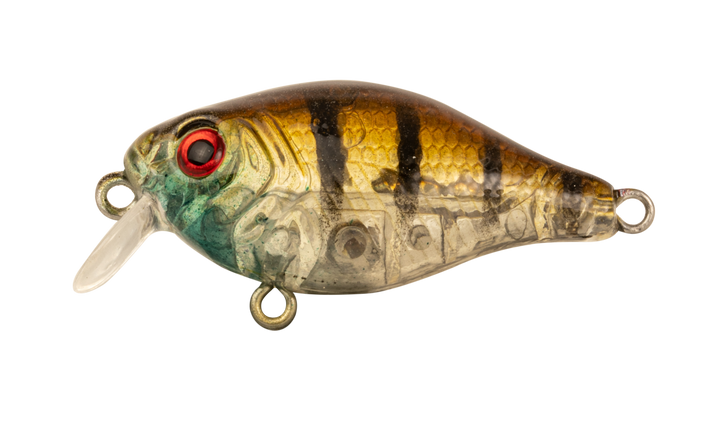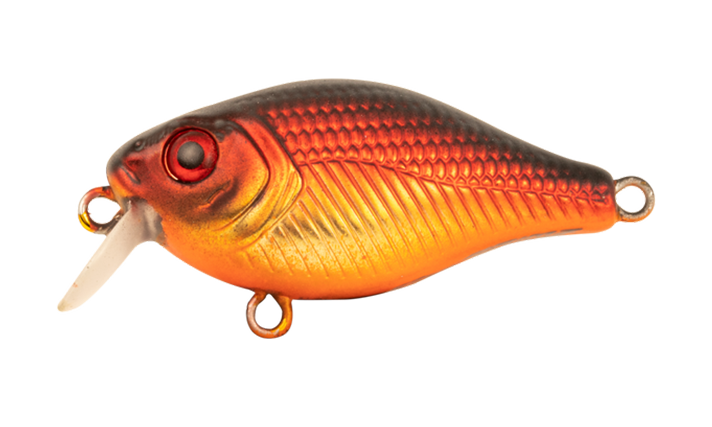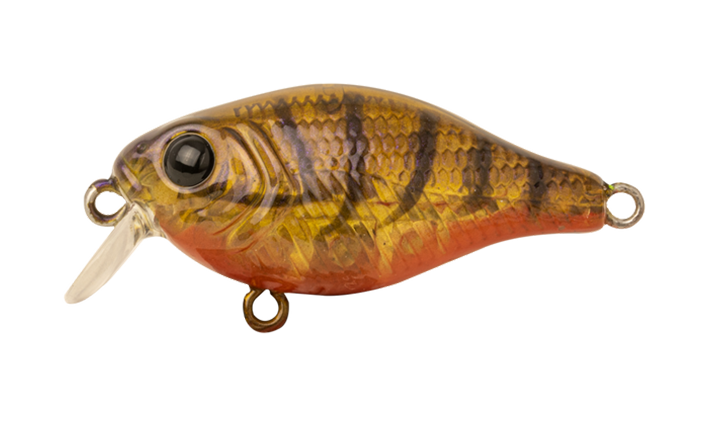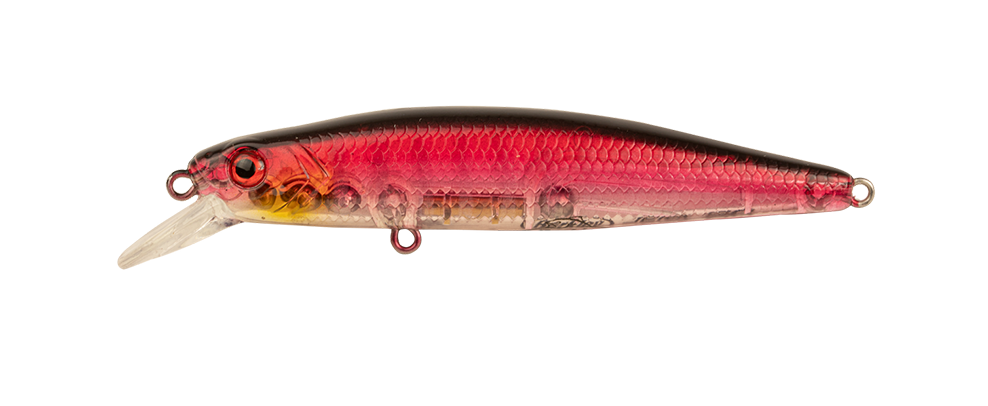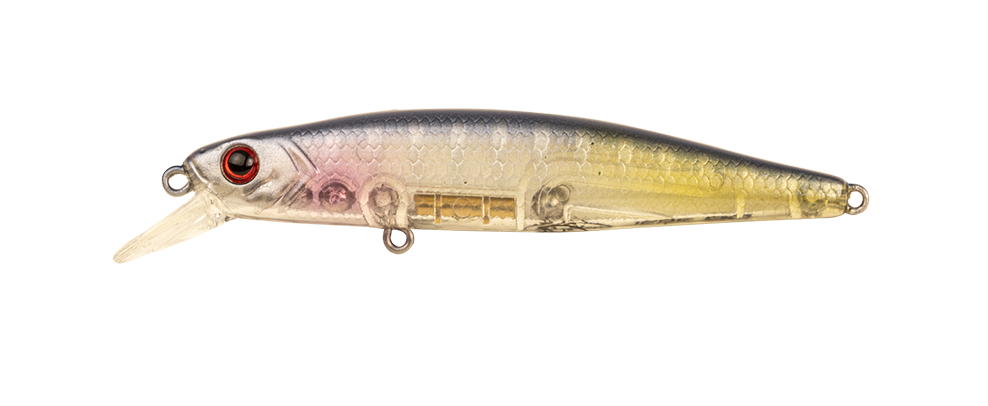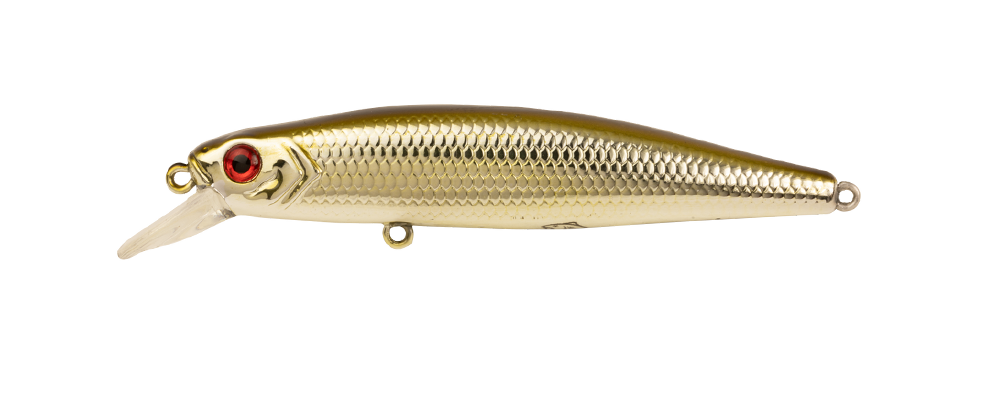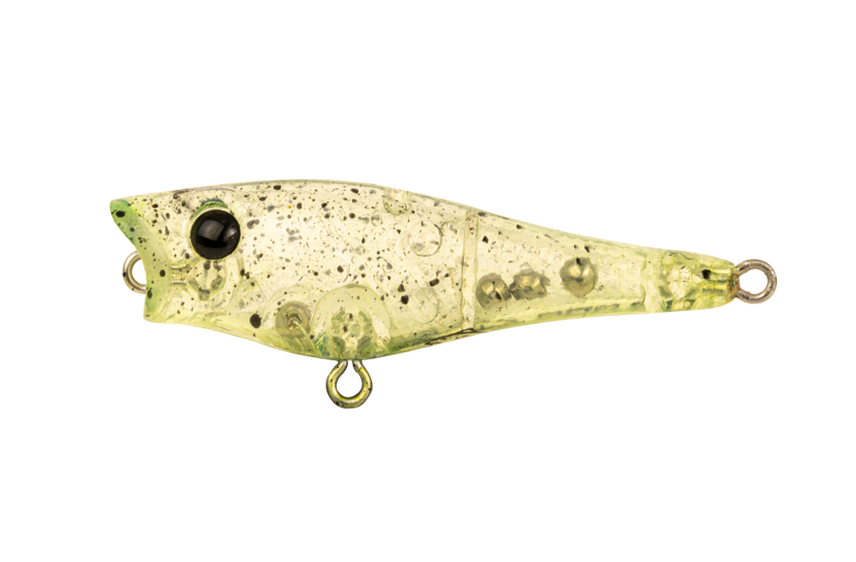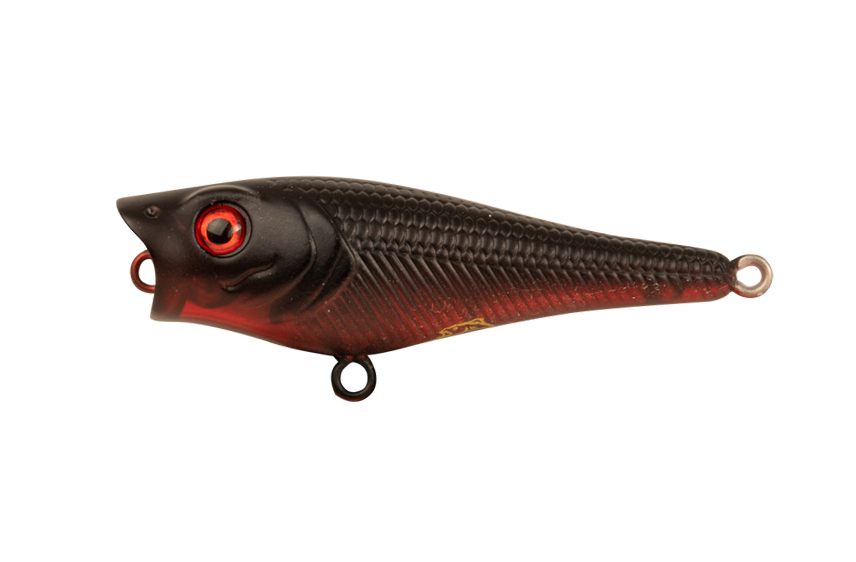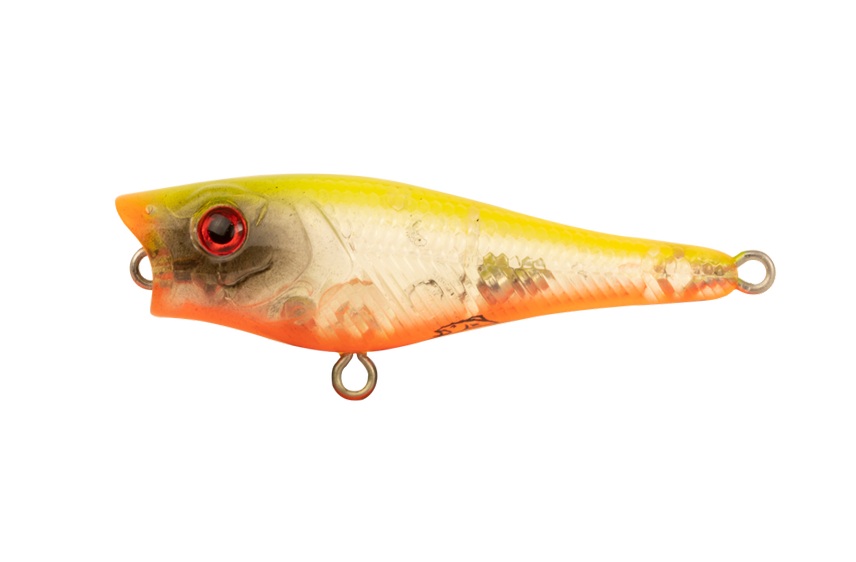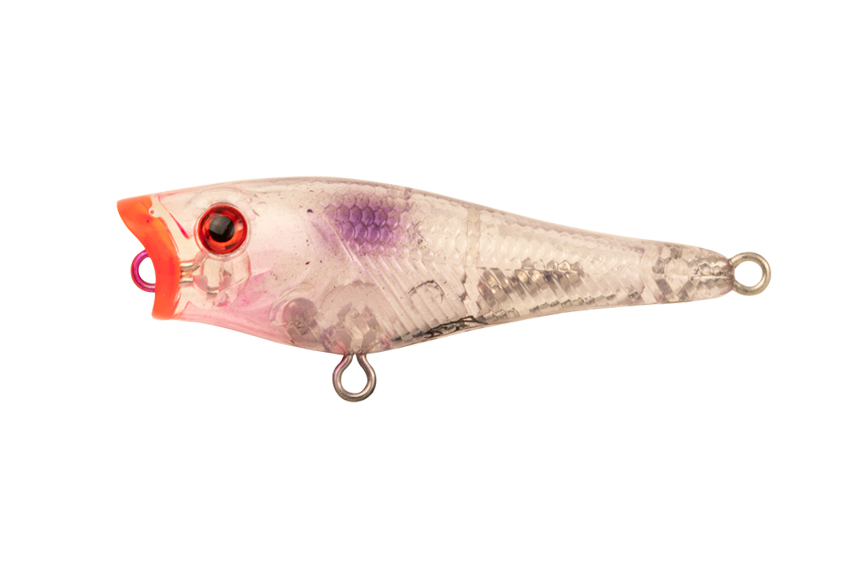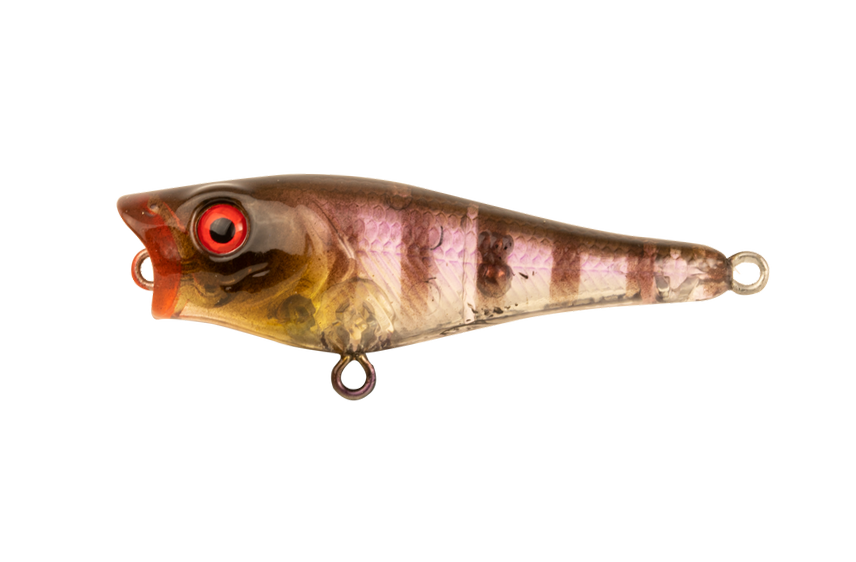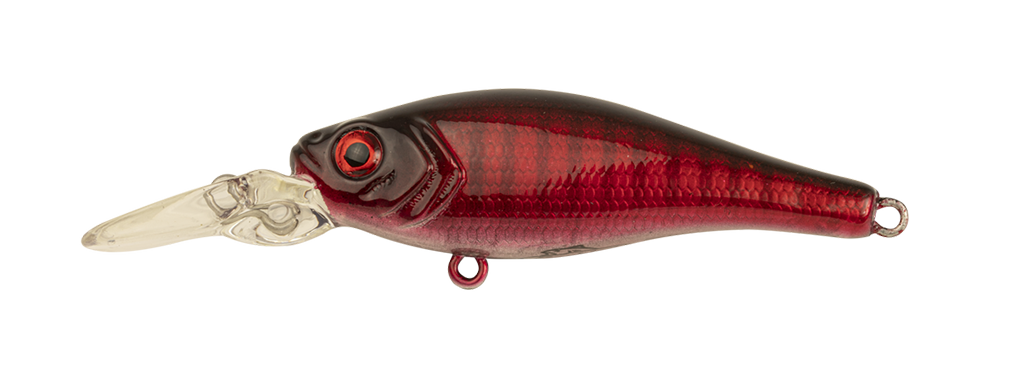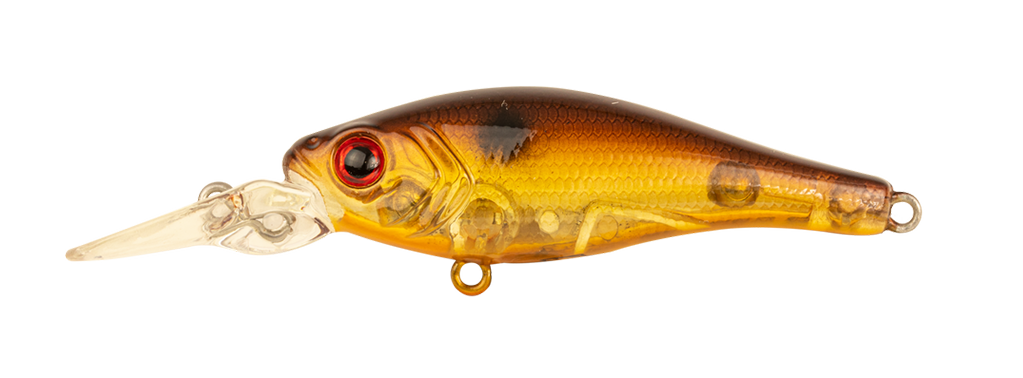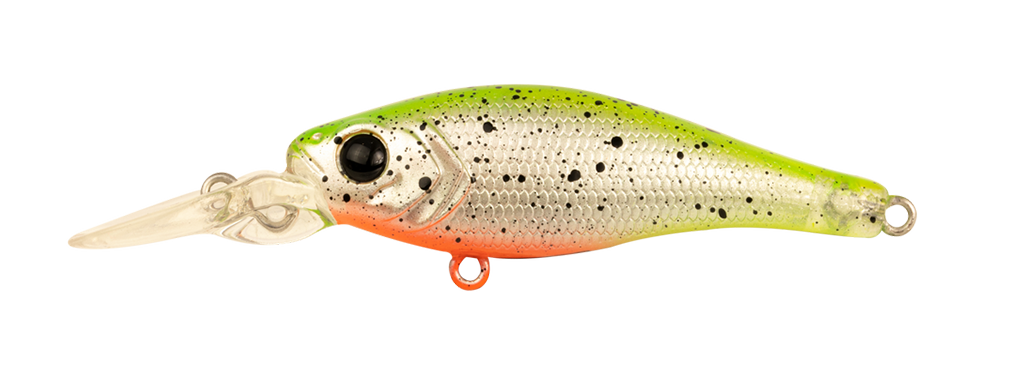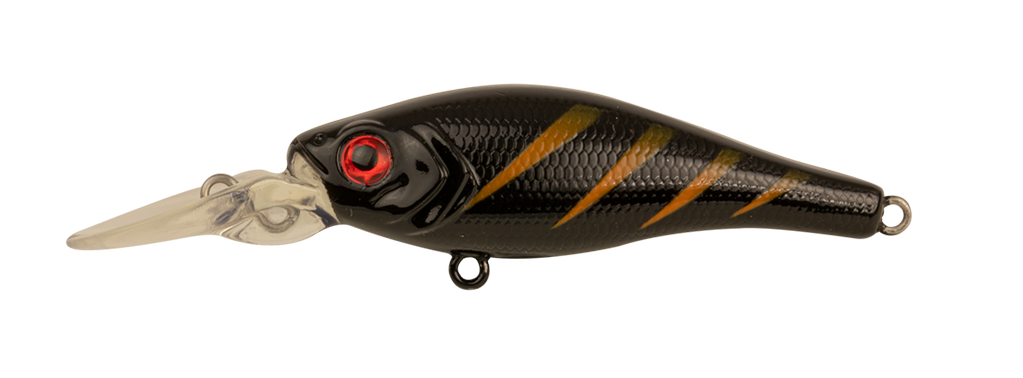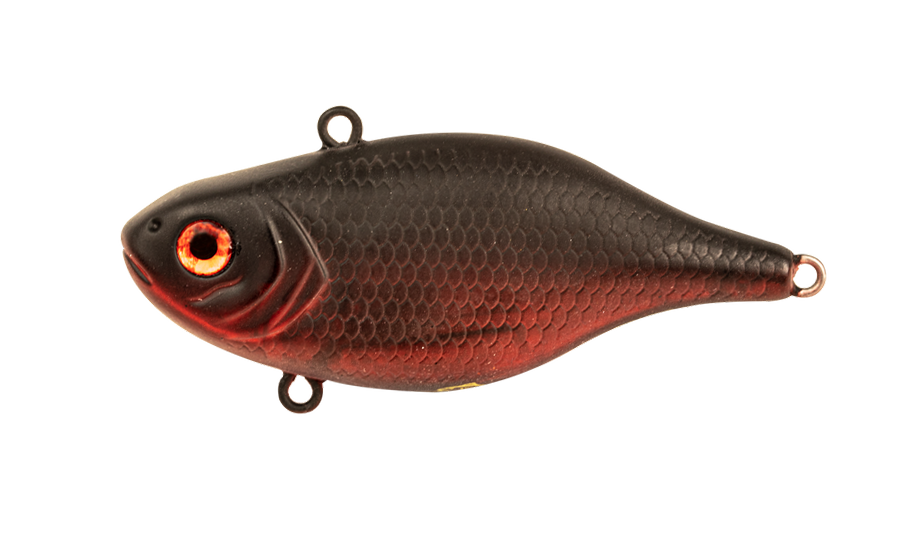FROM THE ROCKY GORGE TO PRISTINE RAINFORESTS
Berkley proteam member Kyle Wright shares his hands on experience with the Shimma Shrimp as he puts them to the test on some hard fighting fish through some stunning country in North Queensland.
When I first heard that Berkley had designed a soft vibe in the form of a prawn, I was keen to get my hands on it. Prawn imitations and soft vibes are two lures that you will find in just about every North Queensland angler’s tacklebox independently, simply because they produce results time and time again. To see these two lure styles combined into the one bait is a game changer and is something I have been waiting to see for quite some time.
Available in three different sizes: 65mm, 100mm and 120mm and a range of 10 deadly colours: Blue Tail, Crystal, Fire Tiger, Nuclear, Olive, Orange Belly, Peach, Pearl, Peppered & Pink. The Shimma Shrimp features a tough internal wire and weight system, Owner split rings and trebles and a durable yet soft TPE body. This gives the lure an attractive vibration on the lift and an irresistible tail flick & glide action on the drop.
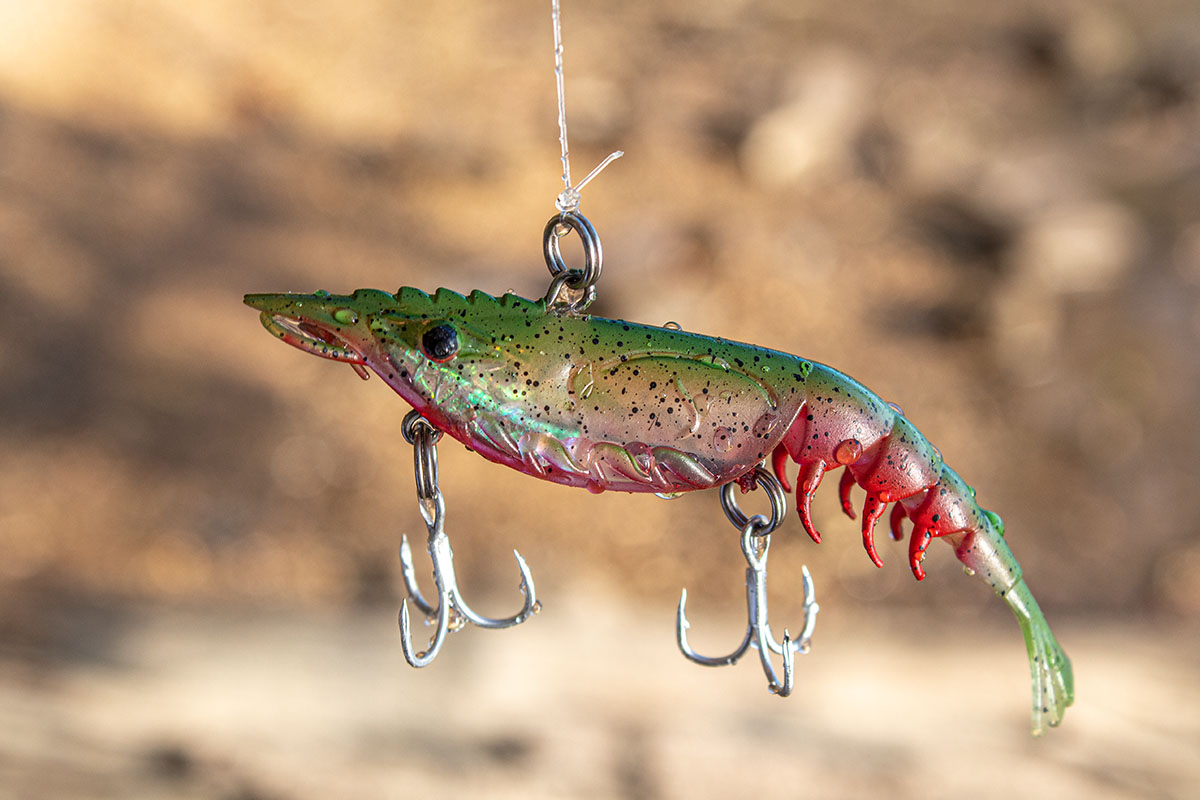

The best thing about a vibe is their ability to cover the water column efficiently and effectively. The Shimma Shrimp is no different, it’s super simple to work and the fish just love it. Simply cast it out and allow the lure to drop until it hits the bottom, when the line goes slack, all it takes is a slow lift of the rod and then once again let it sink back down. A slow uplift of the rod will achieve an erratic vibration action from the lure. On the drop, the Shimma Shrimp’s tail will lift and glide as the lure falls to the bottom, sparking the interest of hungry nearby predators.
A prawn imitation is a highly effective lure as it is a natural and favoured food source for many of the predatory fish species in north Queensland. One northern species that I love to target is barramundi.
I was fortunate enough to have the opportunity to test out the Shimma Shrimp along with fellow North Queensland angler, Ryan Tully in some remote country up in the freshwater reaches of the Burdekin River system. The 120mm Shimma Shrimp proved effective on the barramundi and sooty grunter, particularly while working the backwaters that formed at the base of rapid sections amongst the rocks. With some great barramundi landed on the Shimma Shrimp, I was immediately hungry for more.

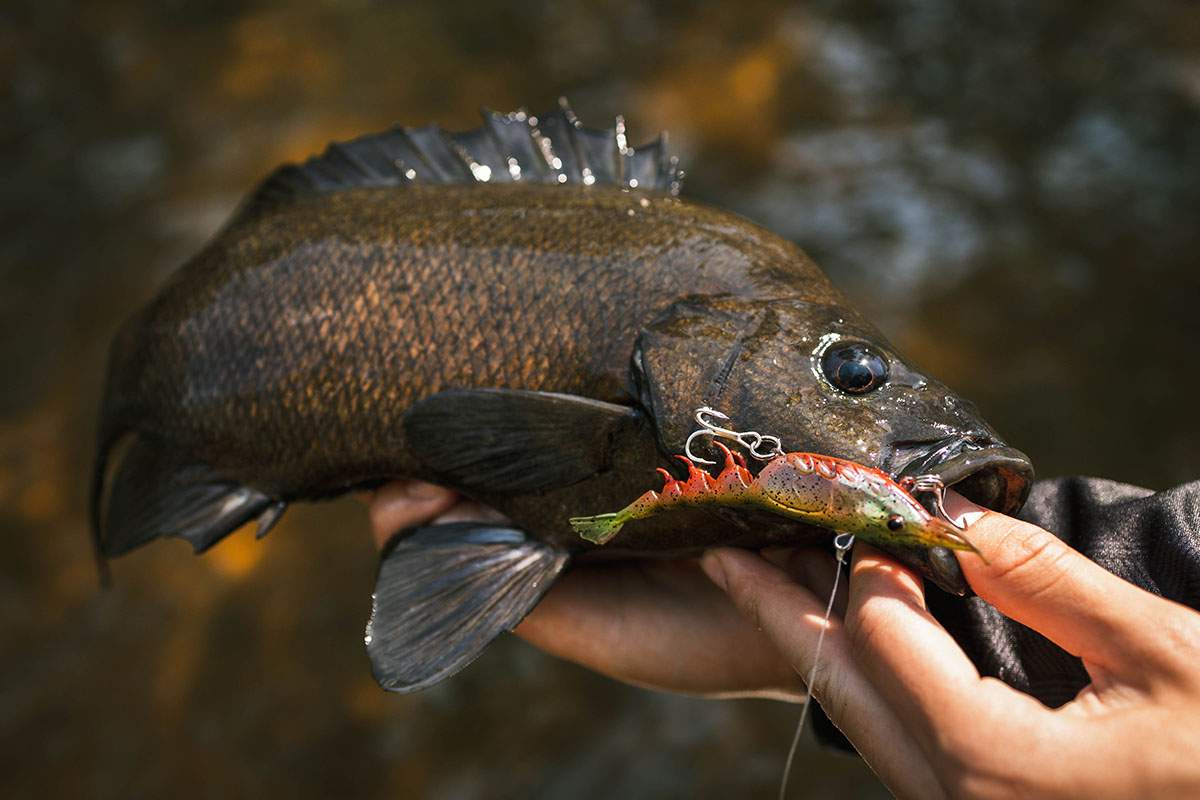
One place I’ve found the Shimma Shrimp to be super effective was in a place many anglers wouldn’t even consider throwing a prawn imitation, up high in the pristine rainforest creeks. Here I found the 100mm size highly productive on jungle perch and sooty grunter. Casting the Shimma Shrimp out to the centre of a deep pool scored me a solid 40cm model jungle perch, along with countless sooties crunching the lure beneath the rapids and under deep undercut banks. In this environment, the Shimma Shrimp perfectly replicates a freshwater prawn. As so many fish in these freshwater creeks regularly see lures like paddletails, topwaters and small crankbaits, sometimes presenting a different offering may be what triggers a bite from that skittish old jungle perch, that’s where lures like the Shimma Shrimp really come into the spotlight.
Whether you’re fishing the estuaries, reef, impoundments, or freshwater creeks, from barra and jacks to bream and flathead, the Berkley Shimma Shrimp is bound to produce some awesome fish no matter what you’re targeting. It’s safe to say this shrimp has earnt its place in my tackle box.


By Kyle Wright – Berkley Pro Team
Kyle is a keen angler residing in North Queensland who loves an adventure. He likes to pack light and head into the hills where footsteps become hard to find. He is also an incredible photographer, who documents his trips through stunning imagery. To keep up with Kyle’s outdoor adventures tune into his Instagram at @kylewrightfish




